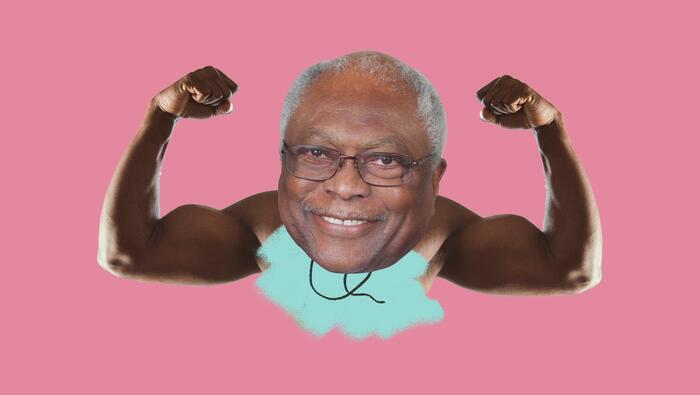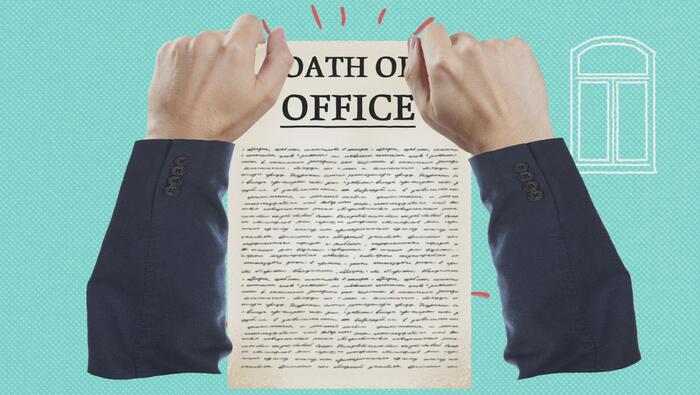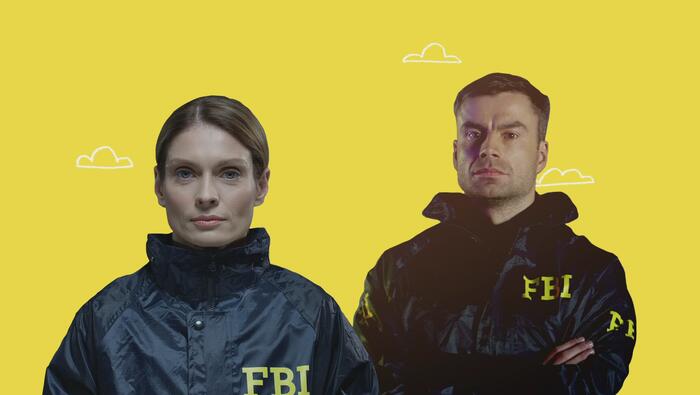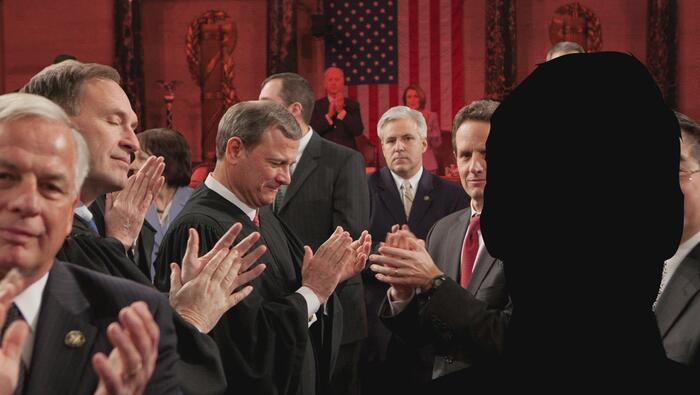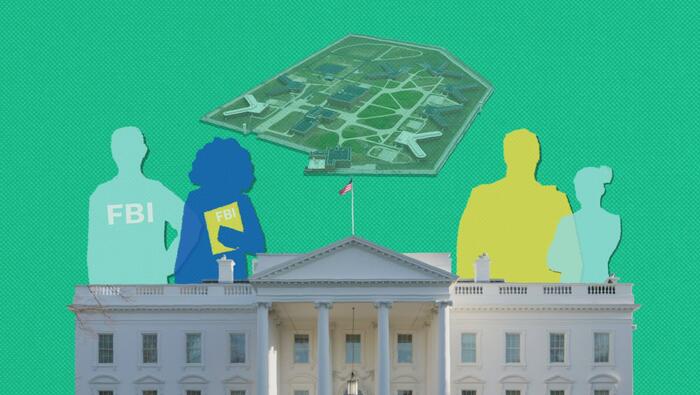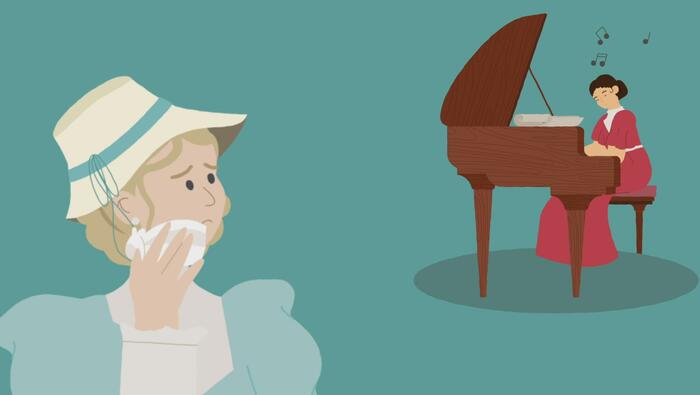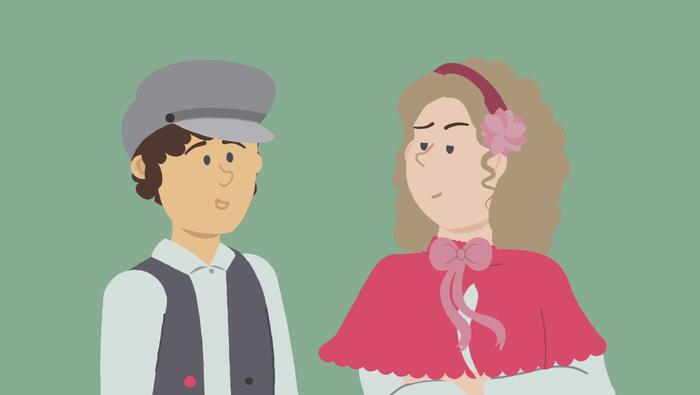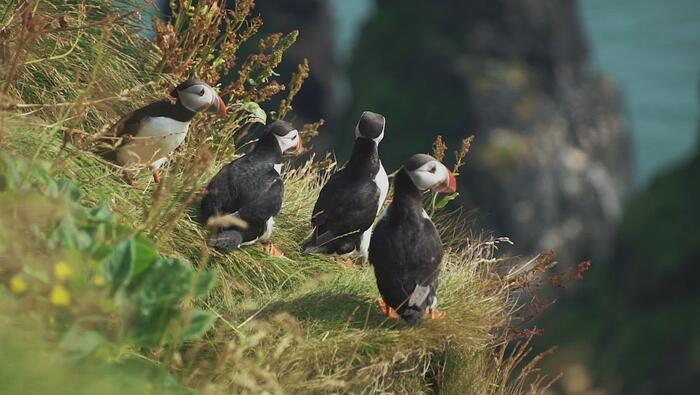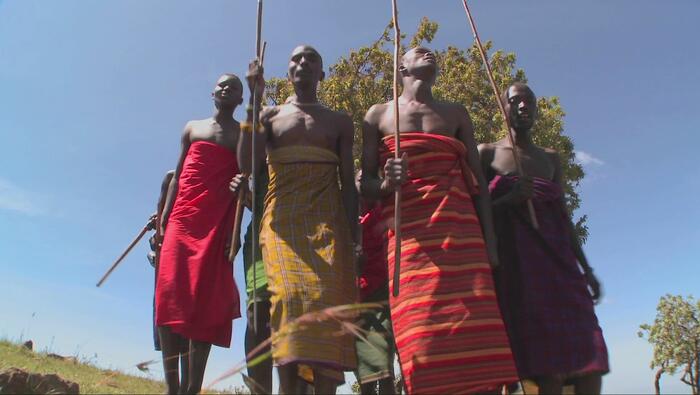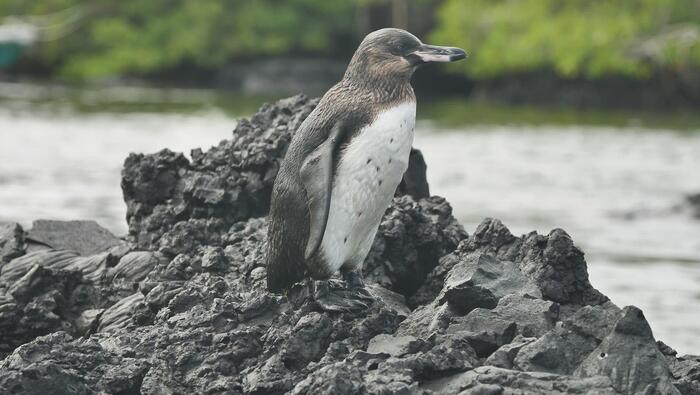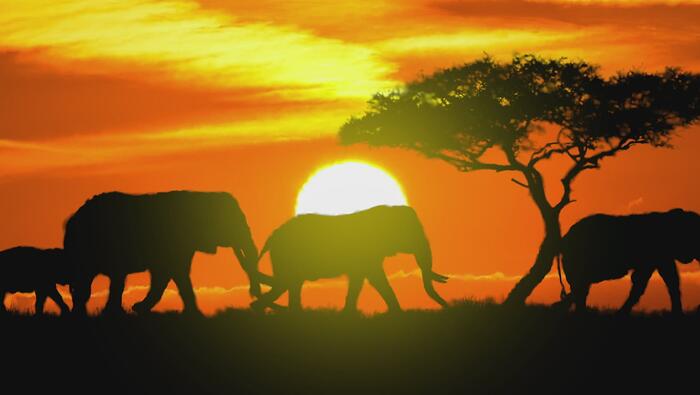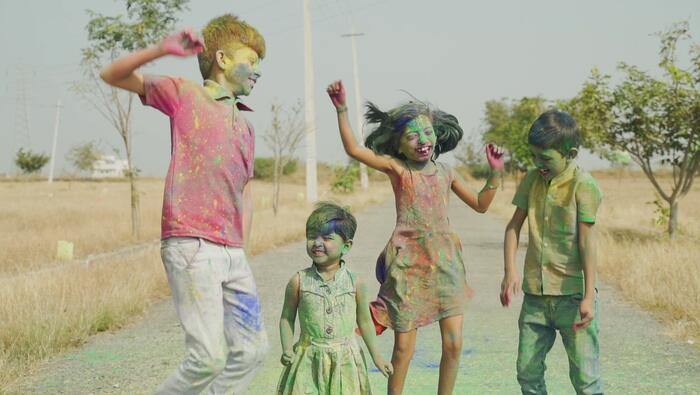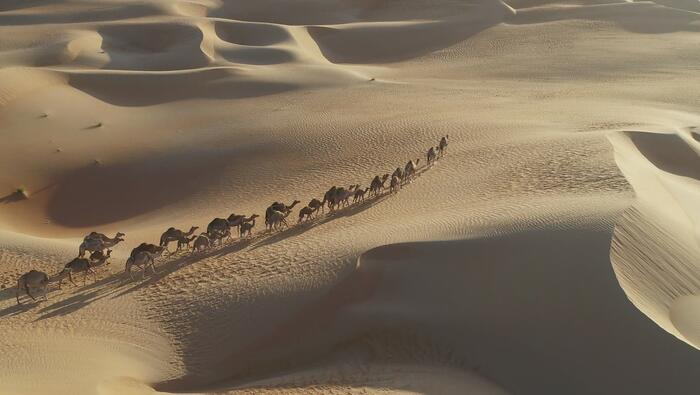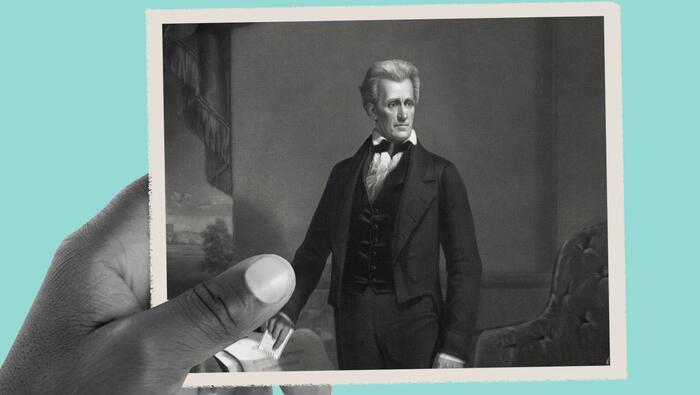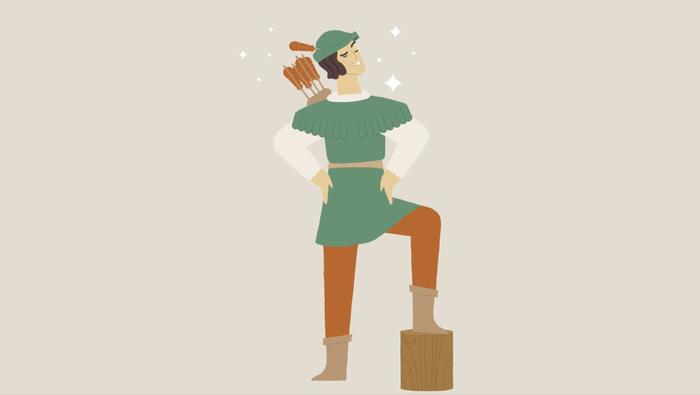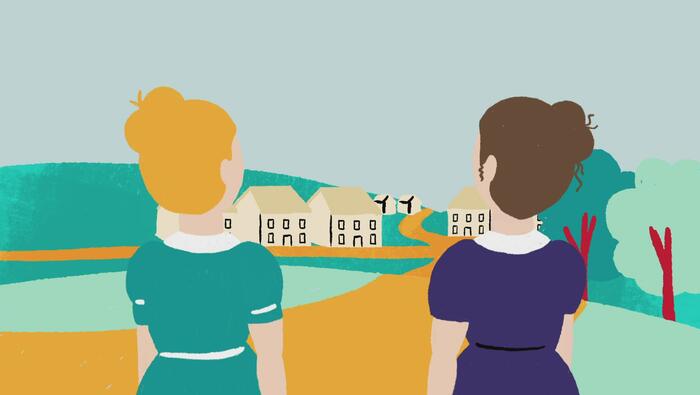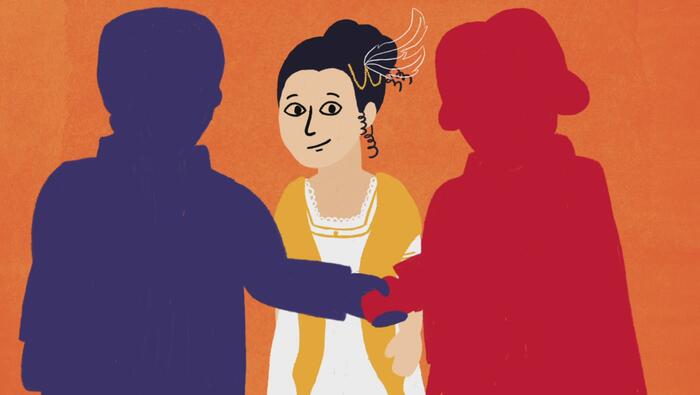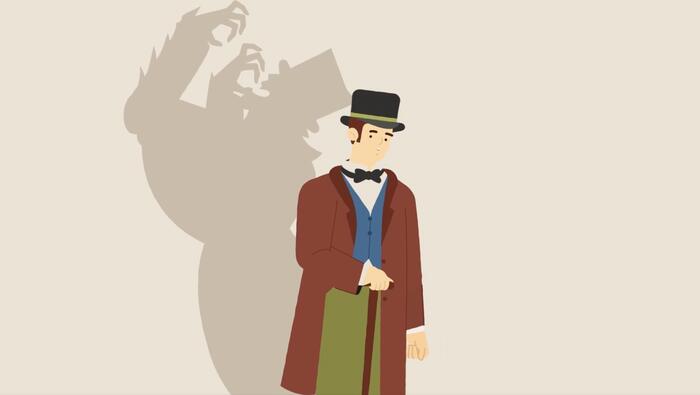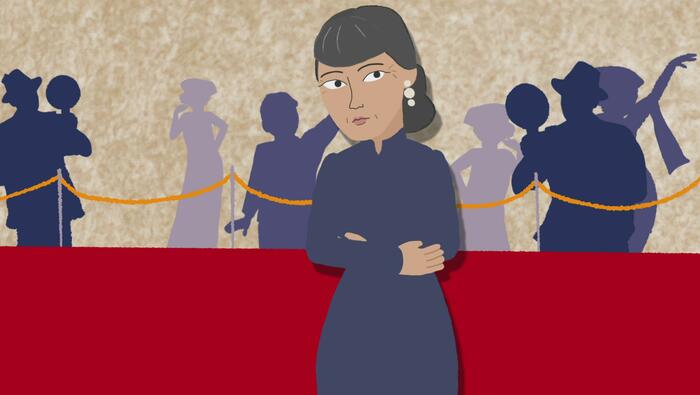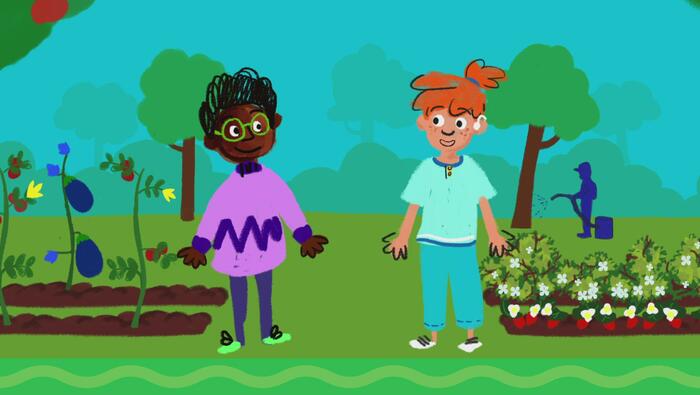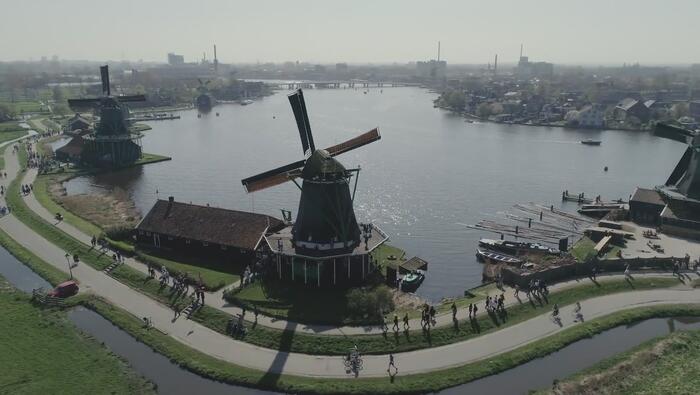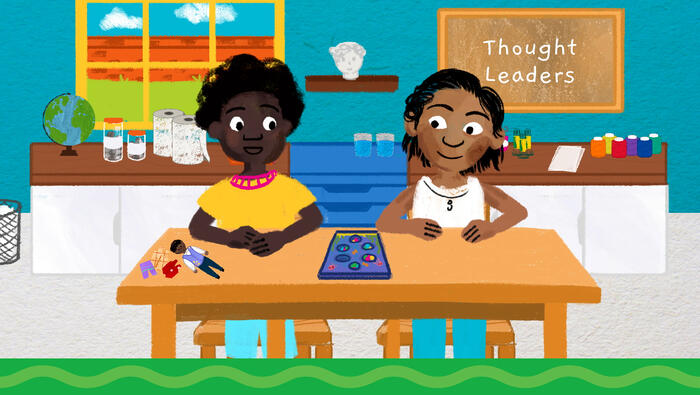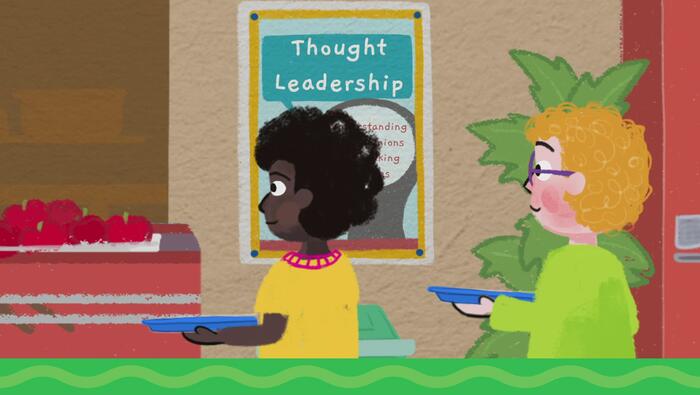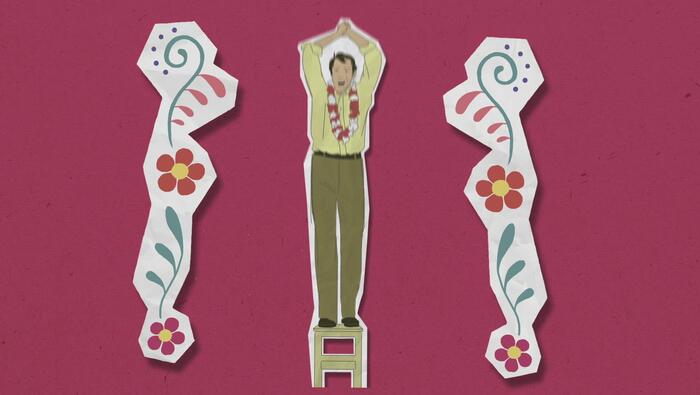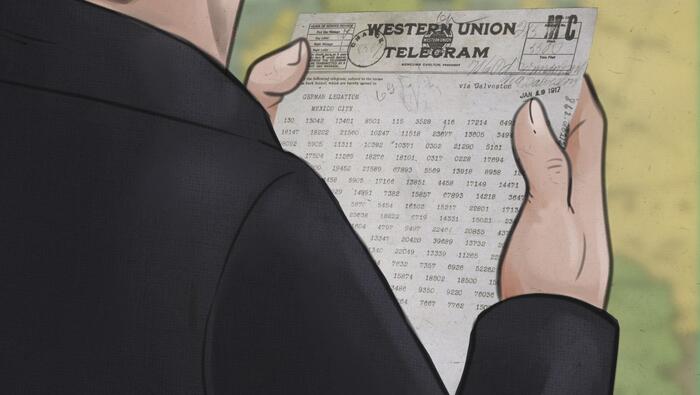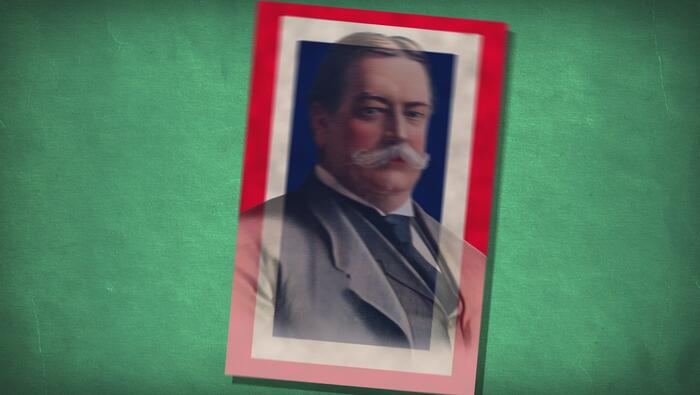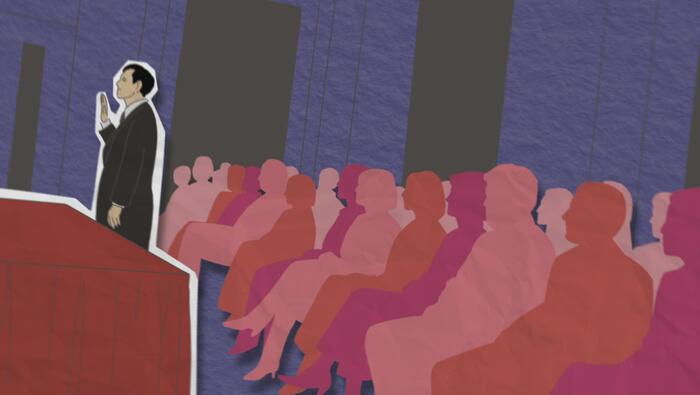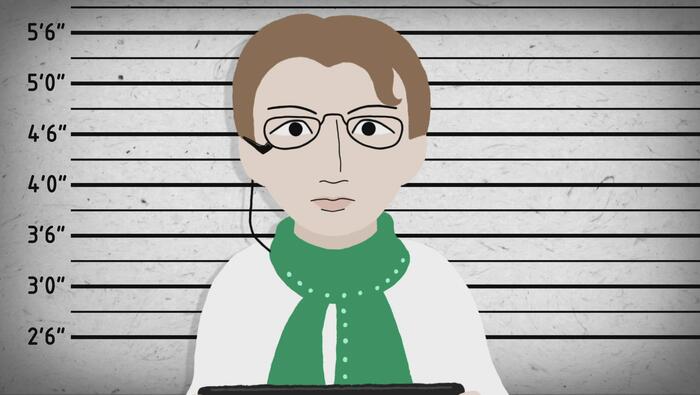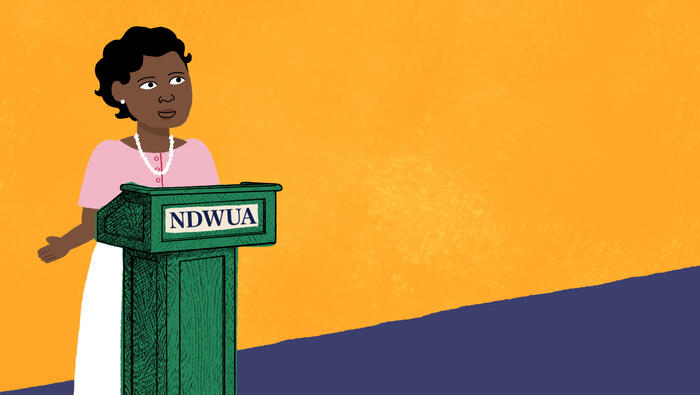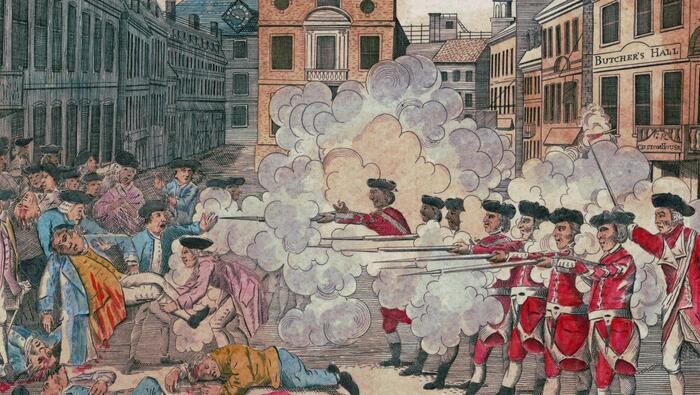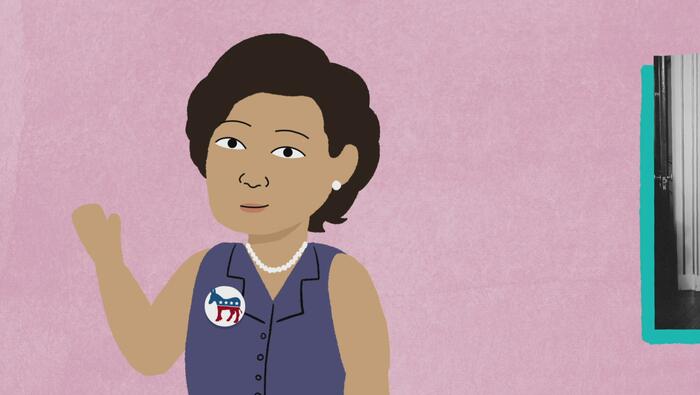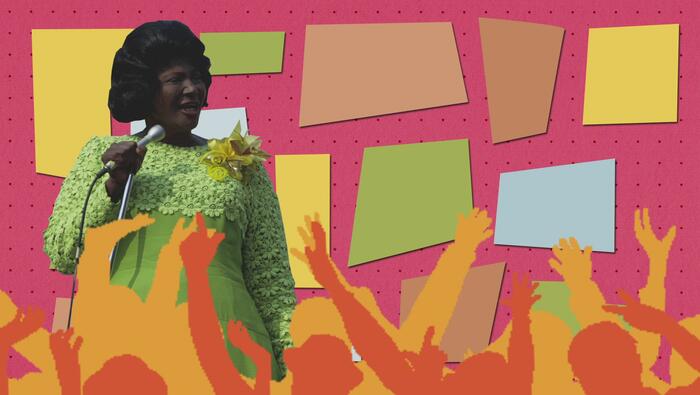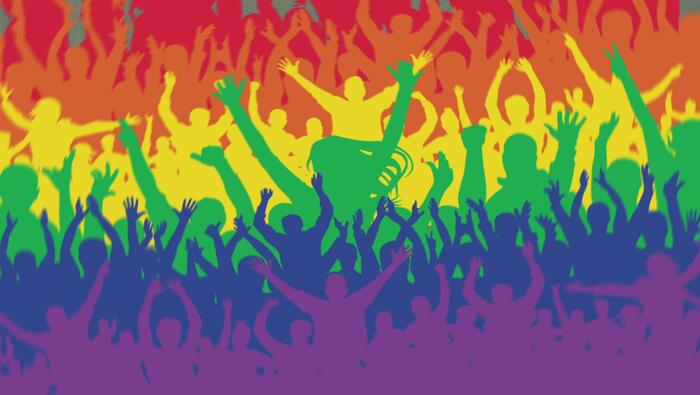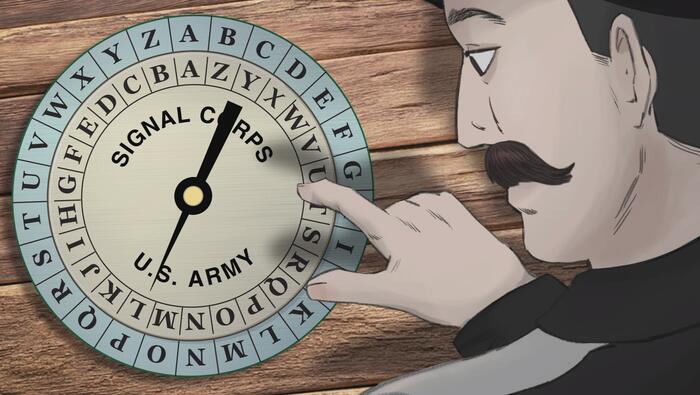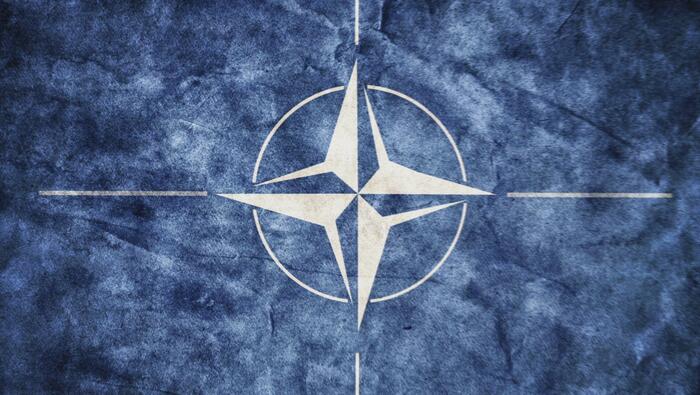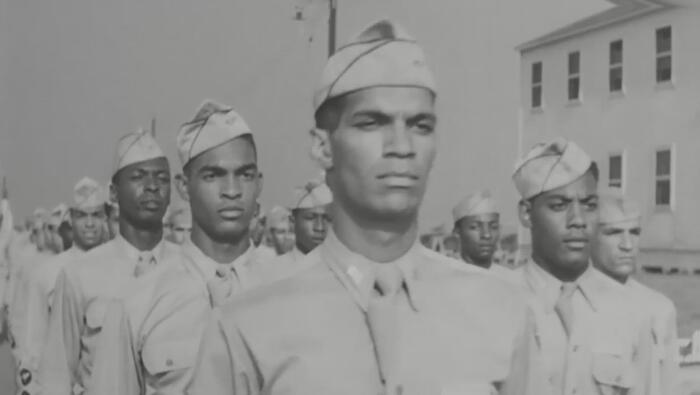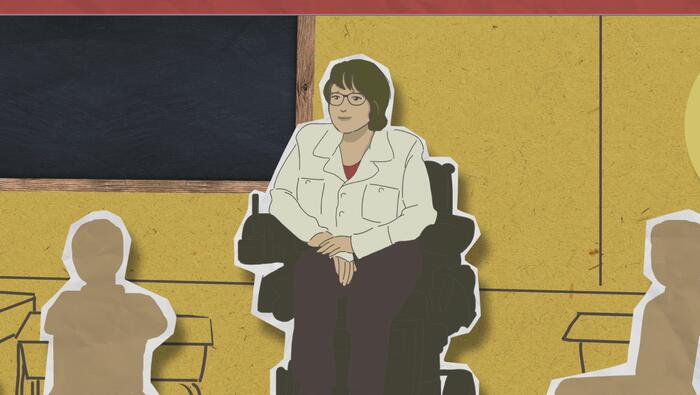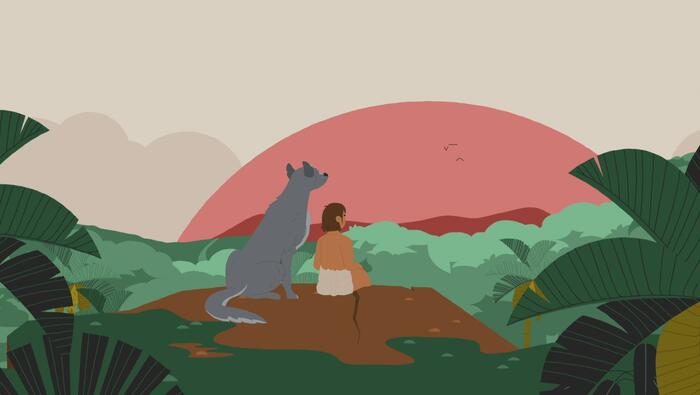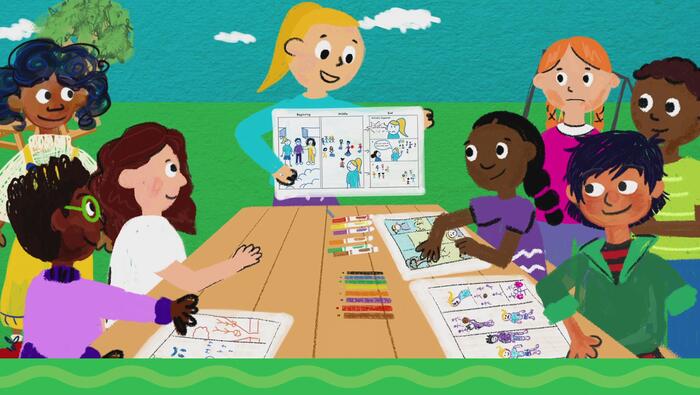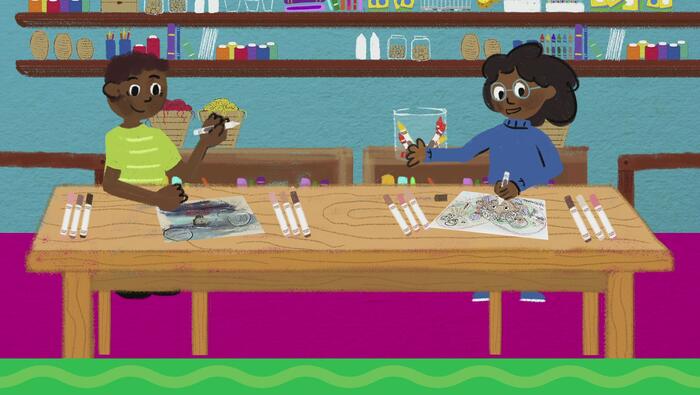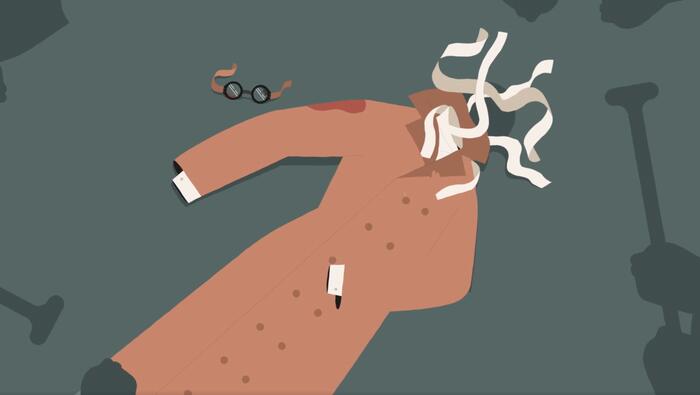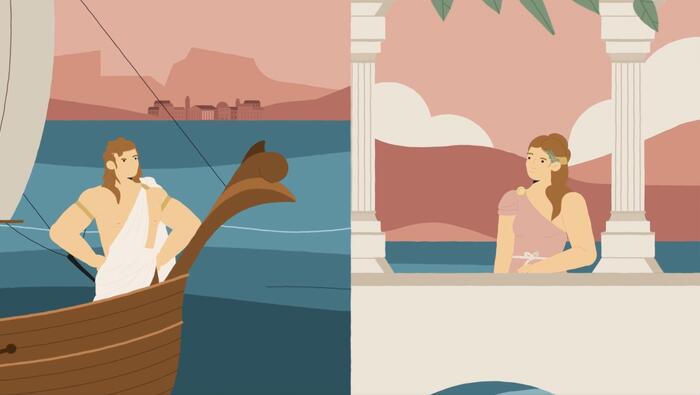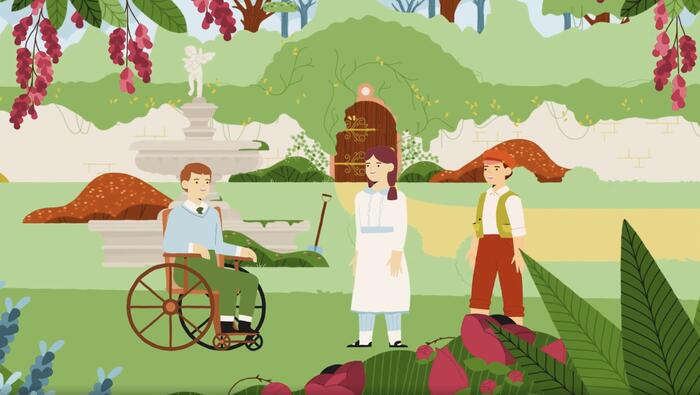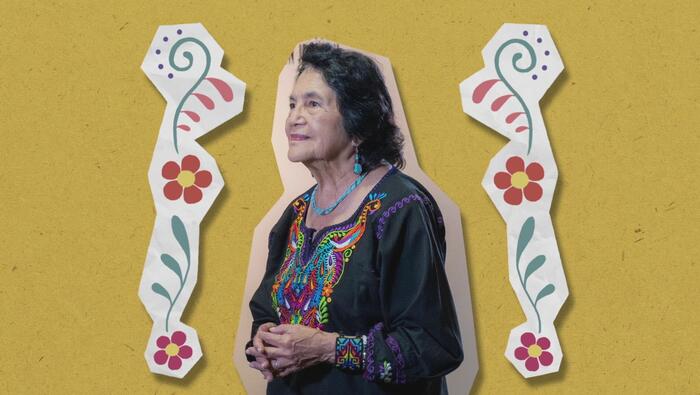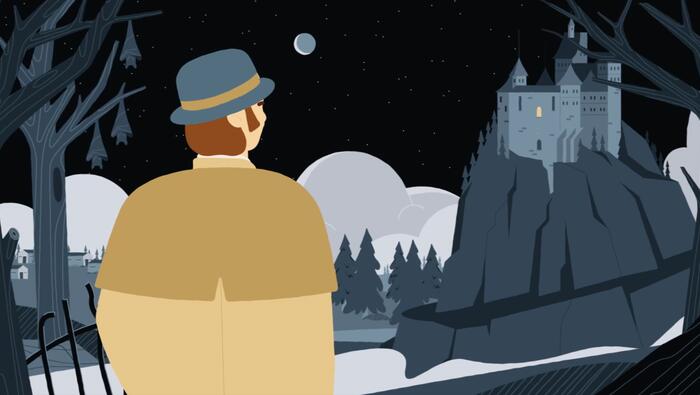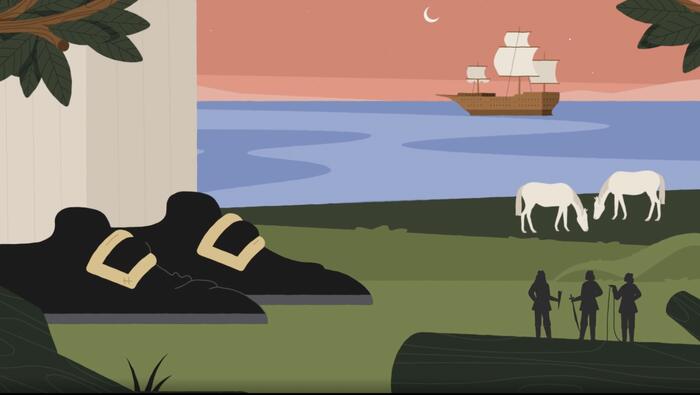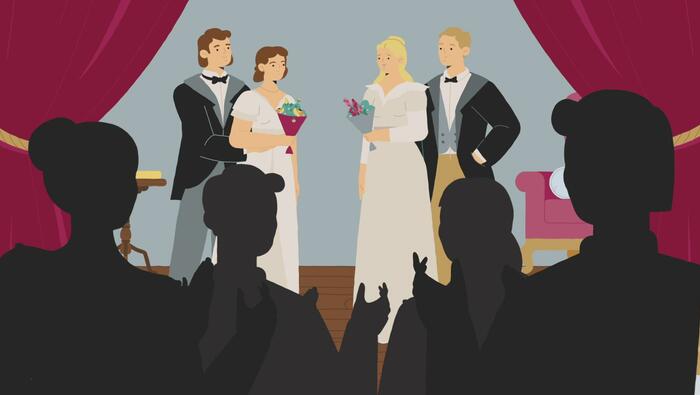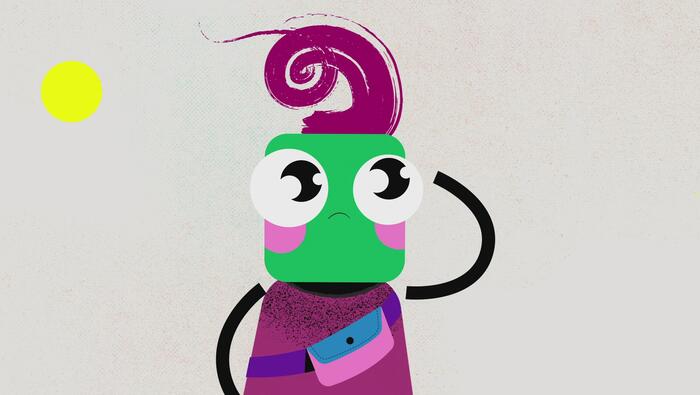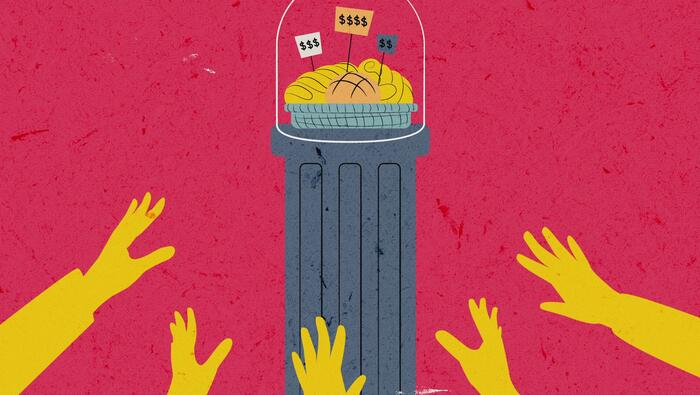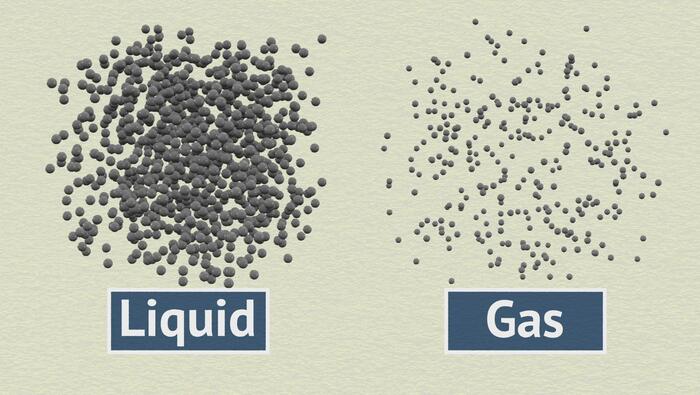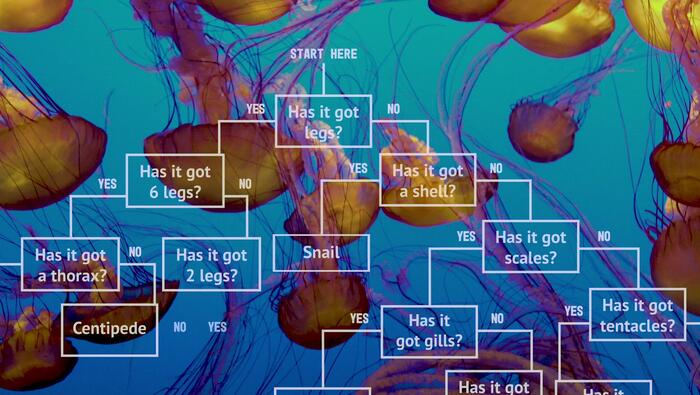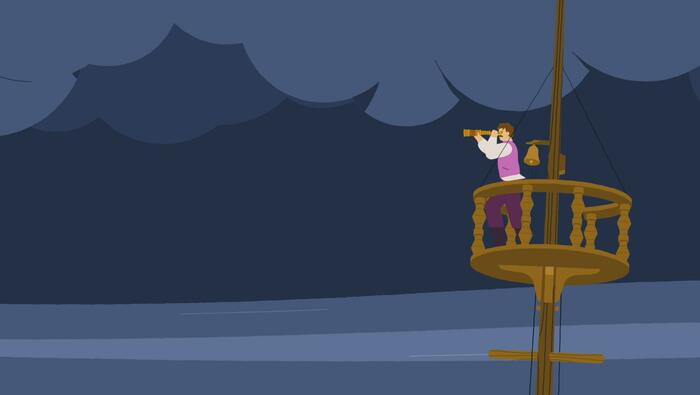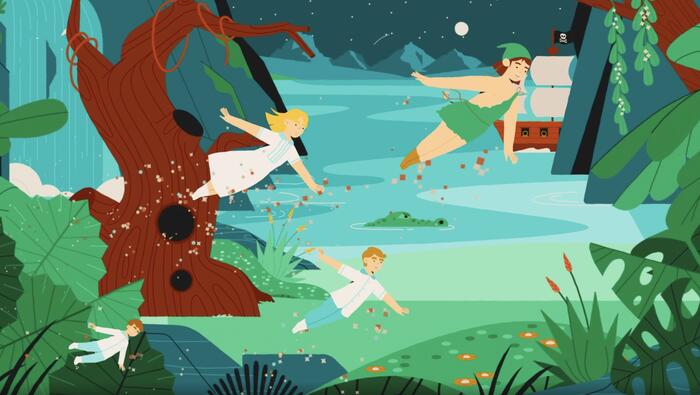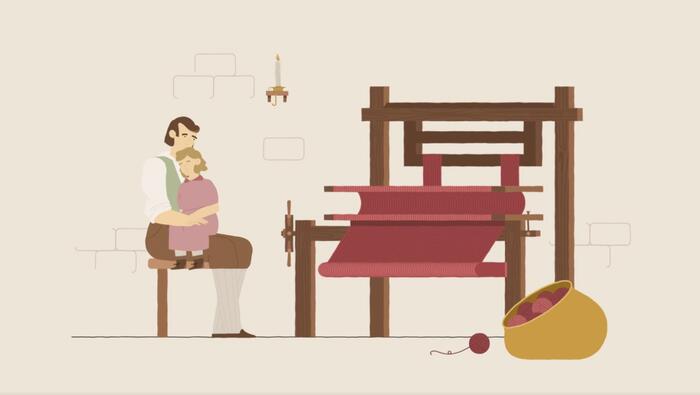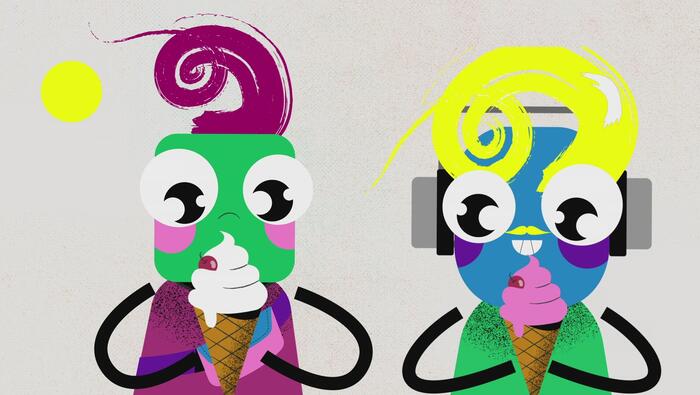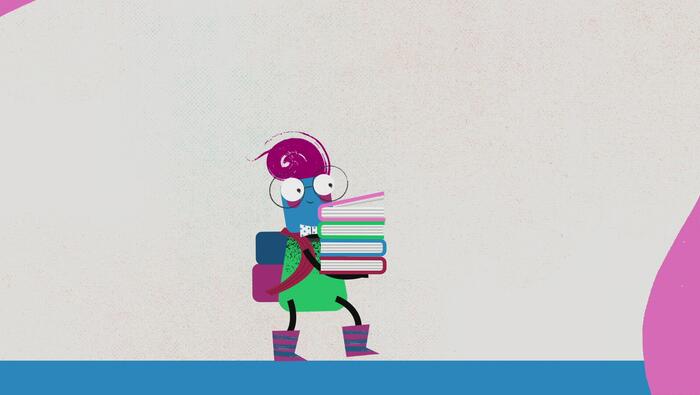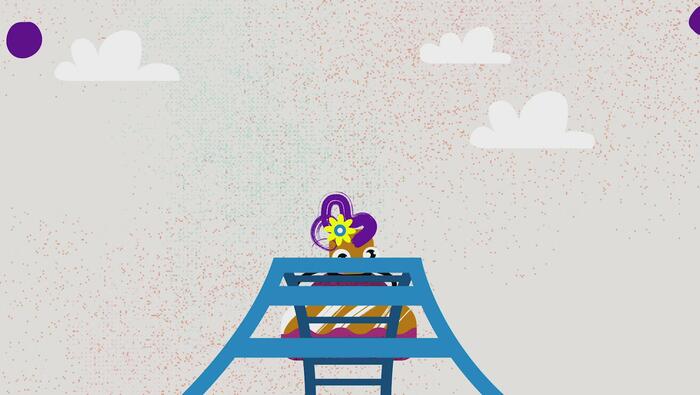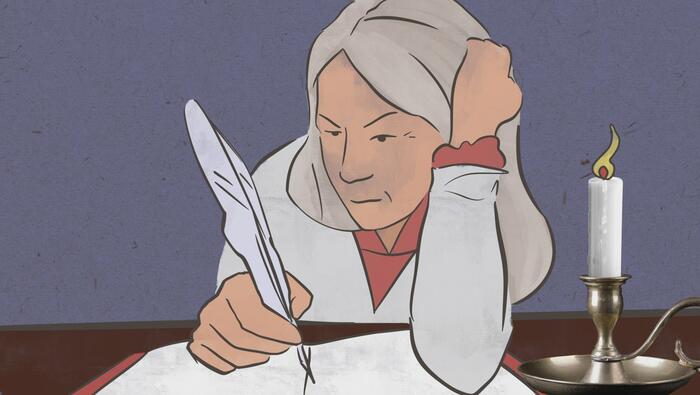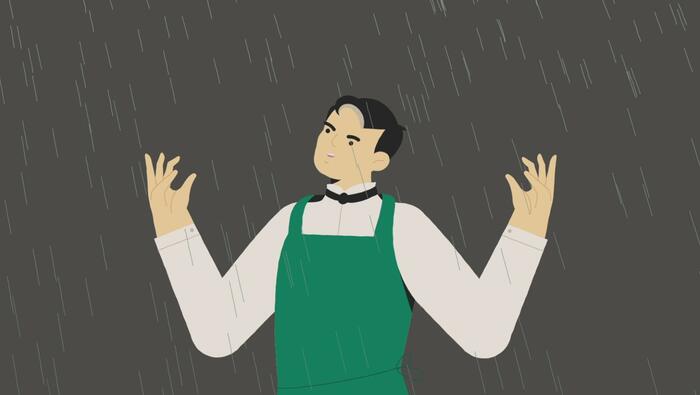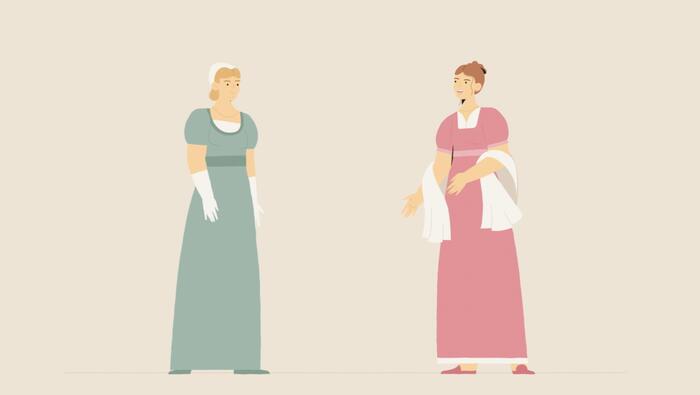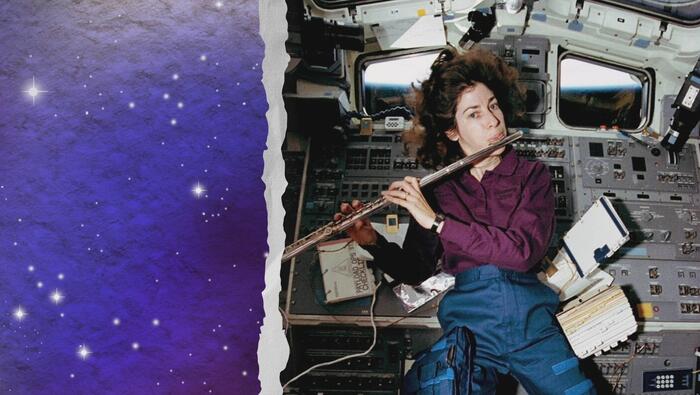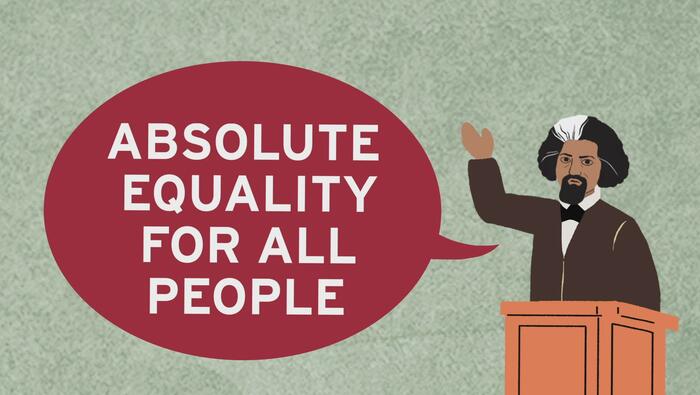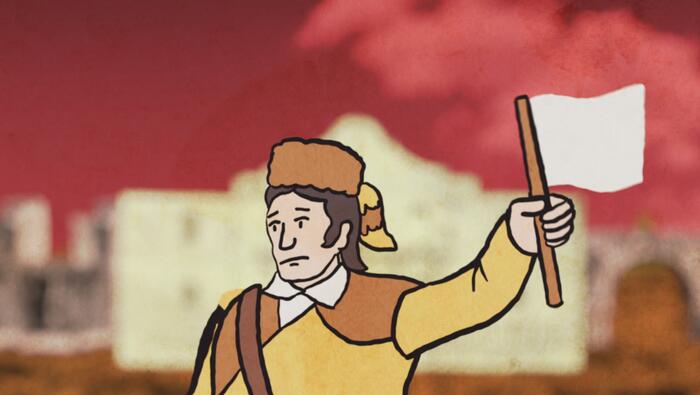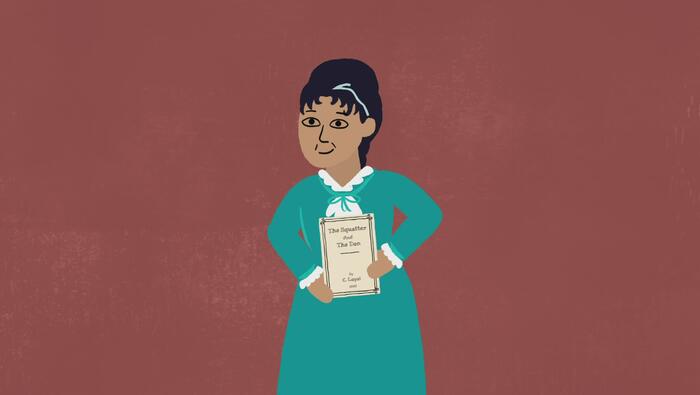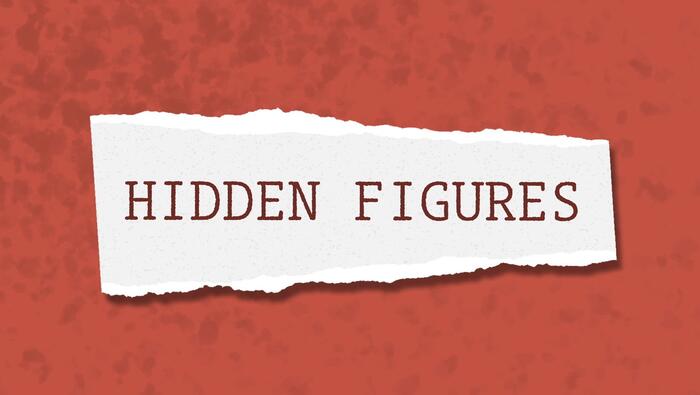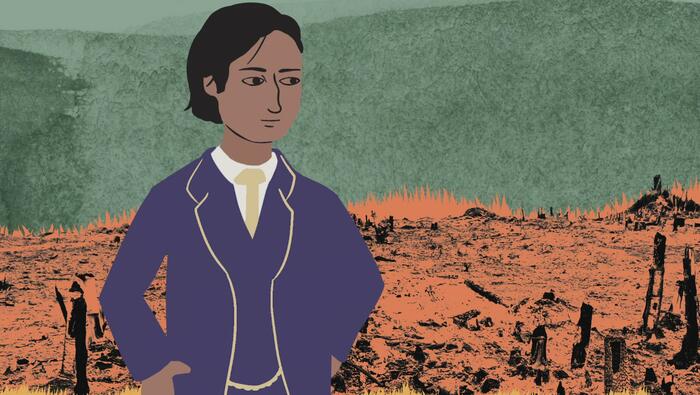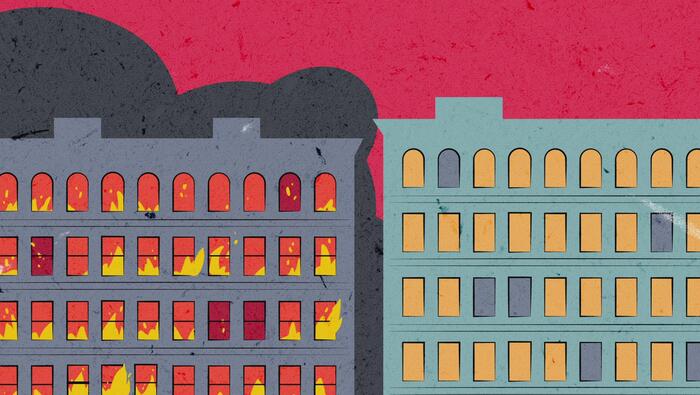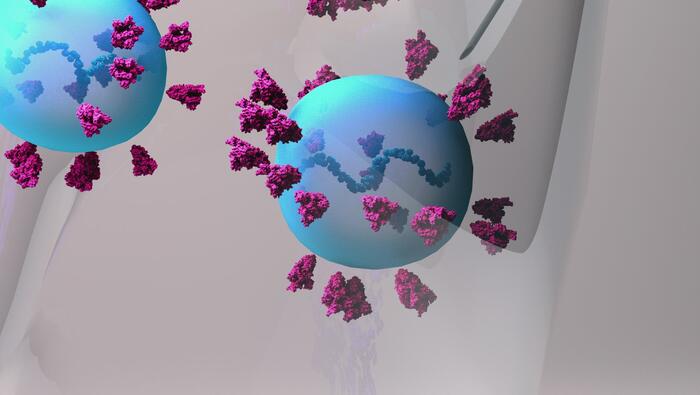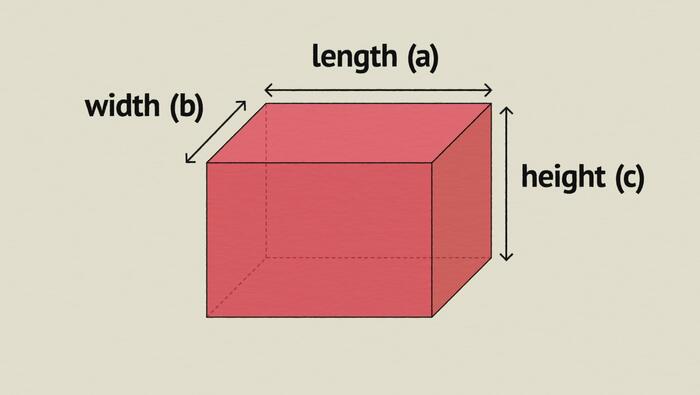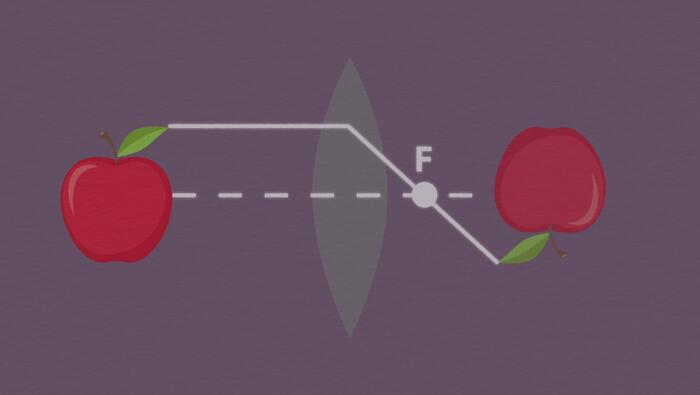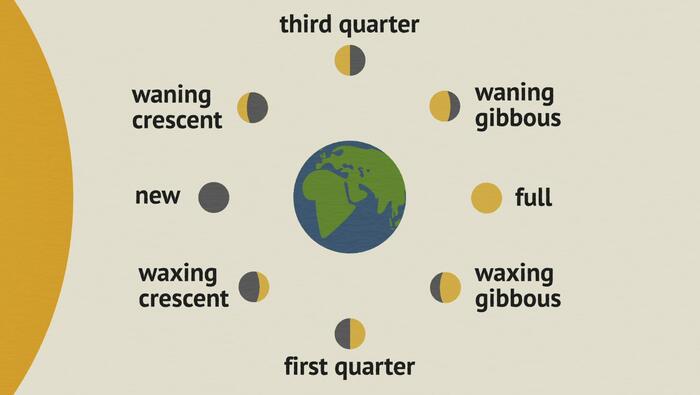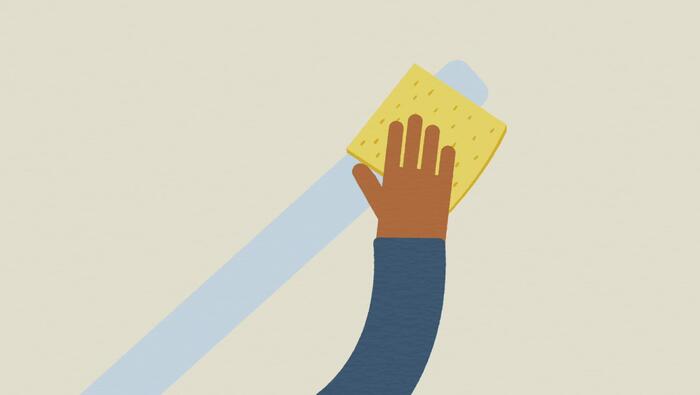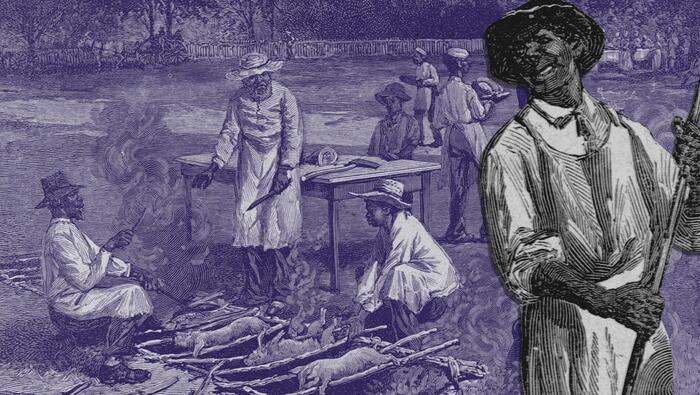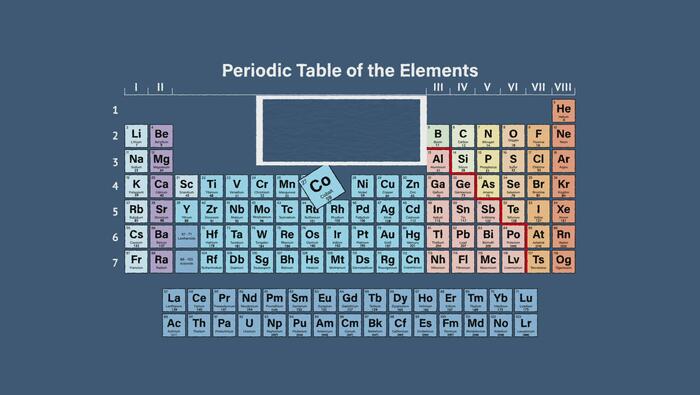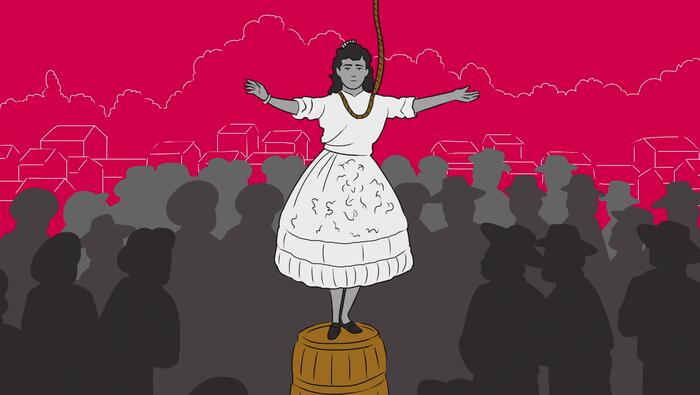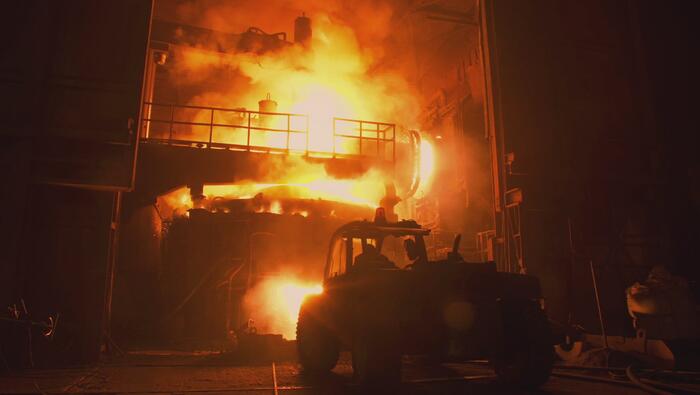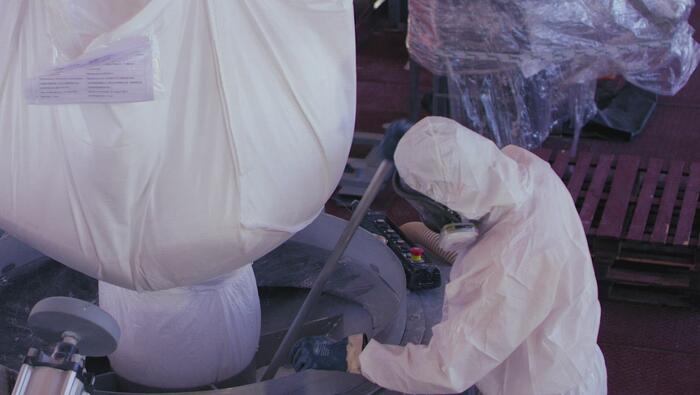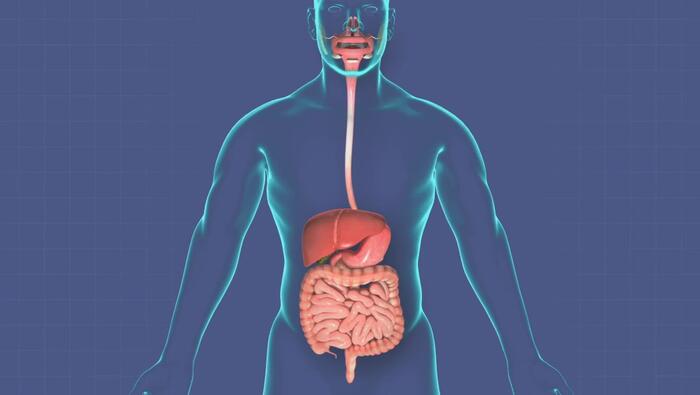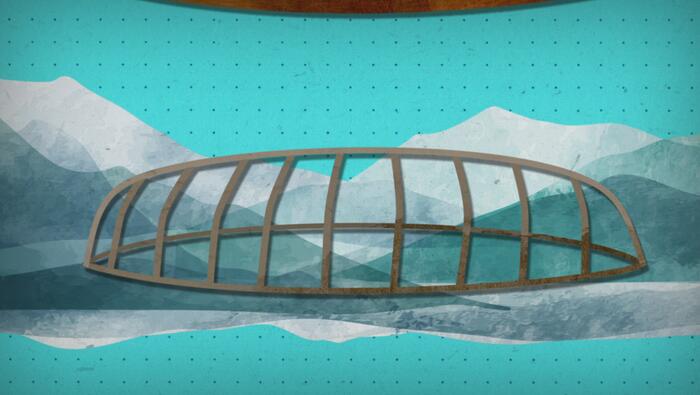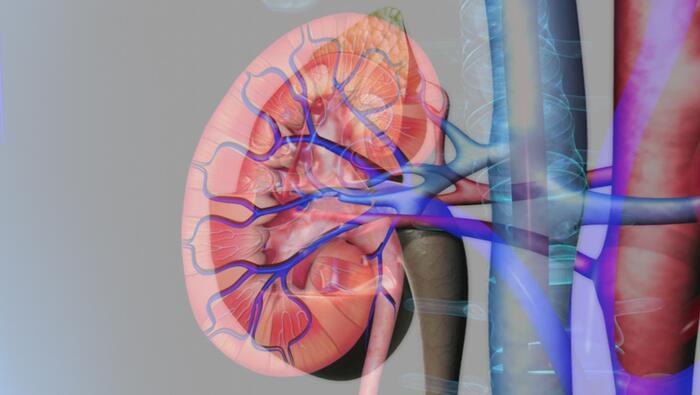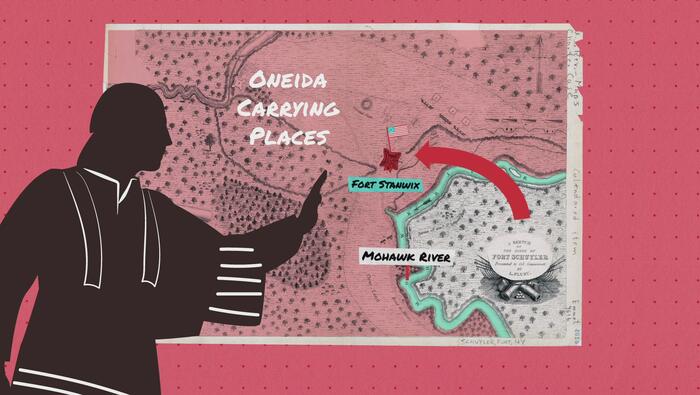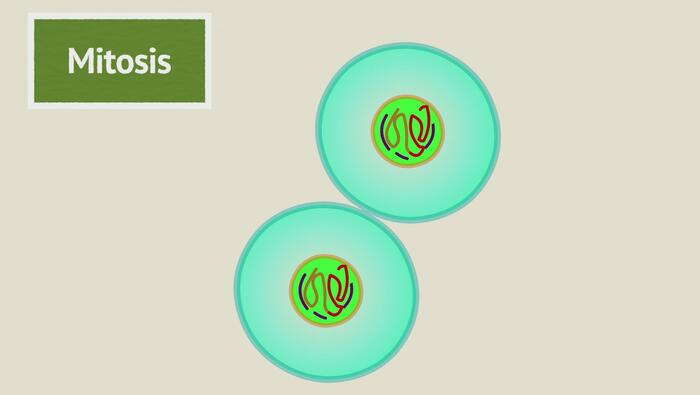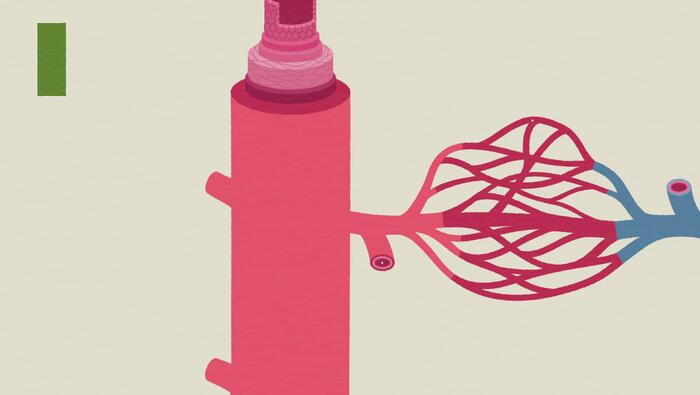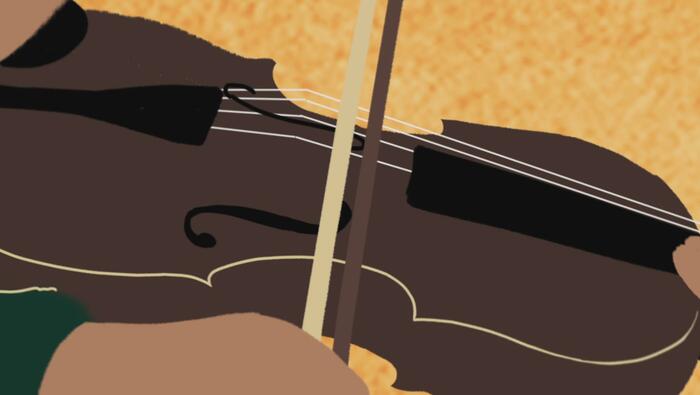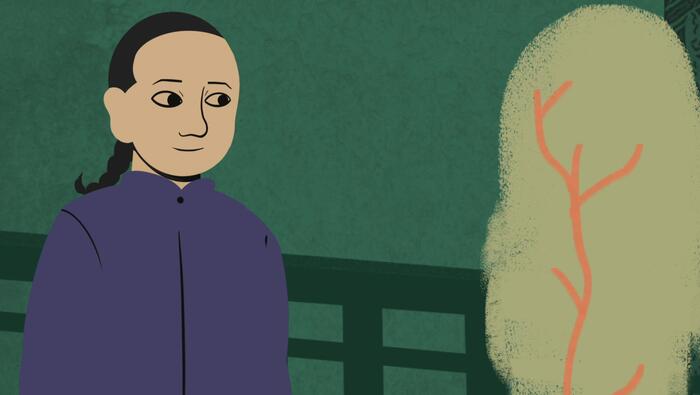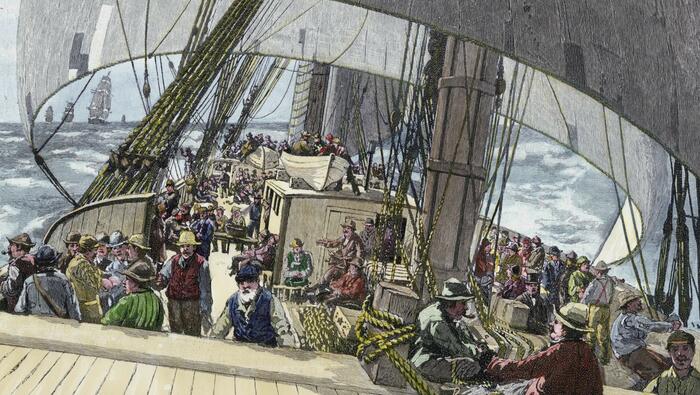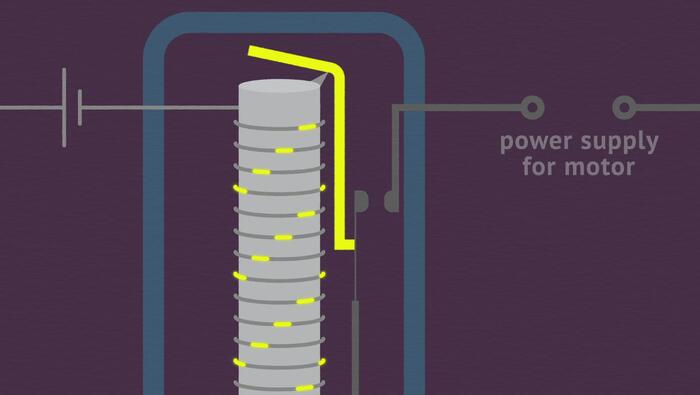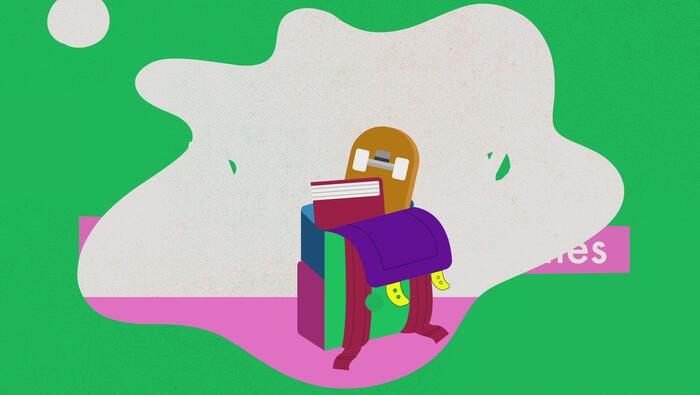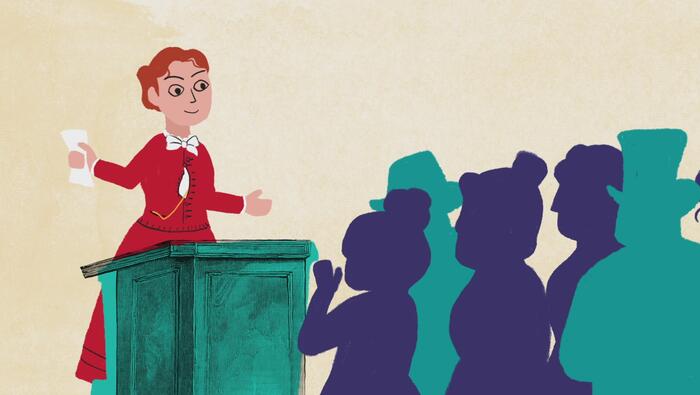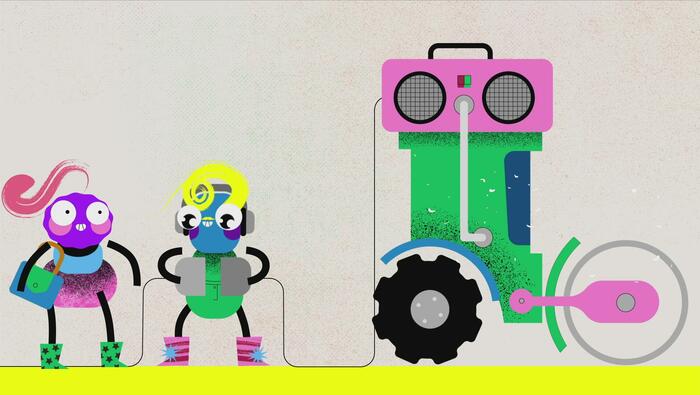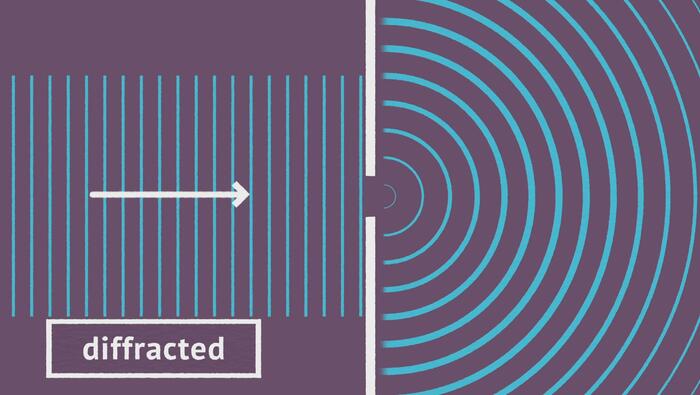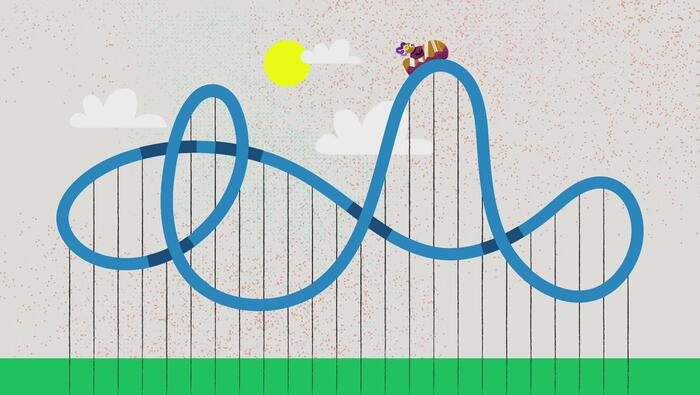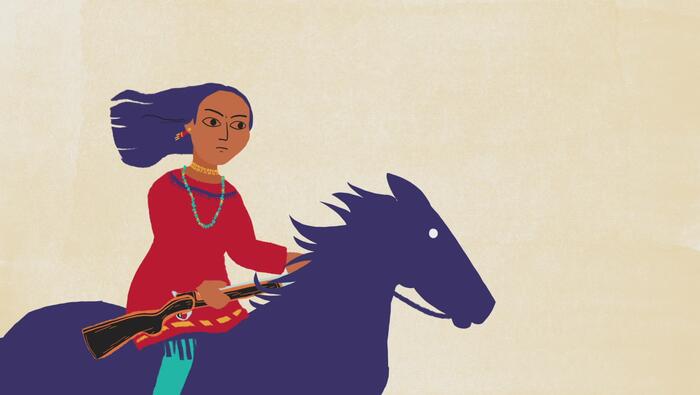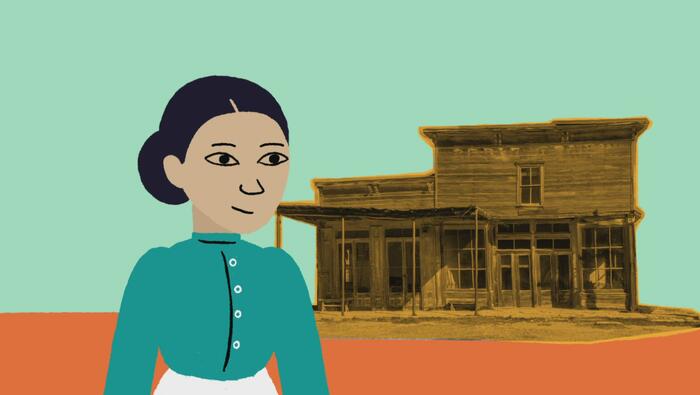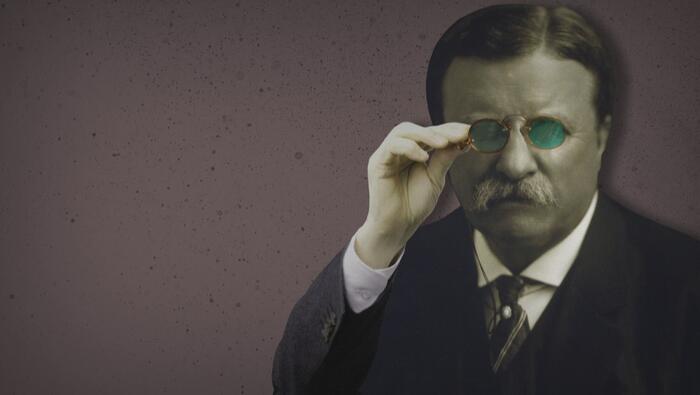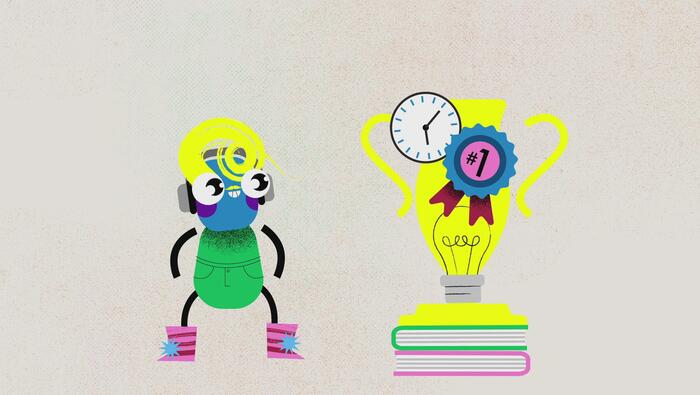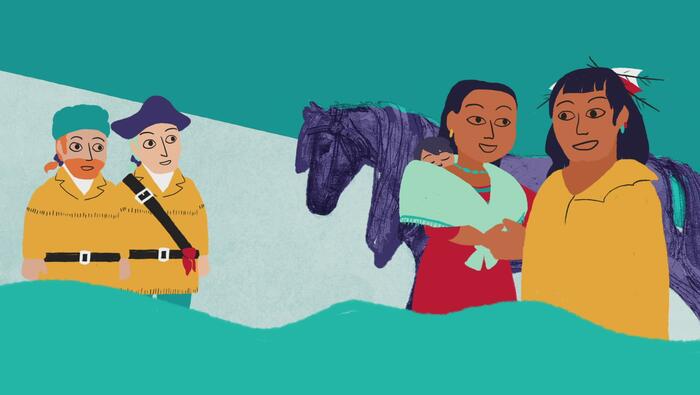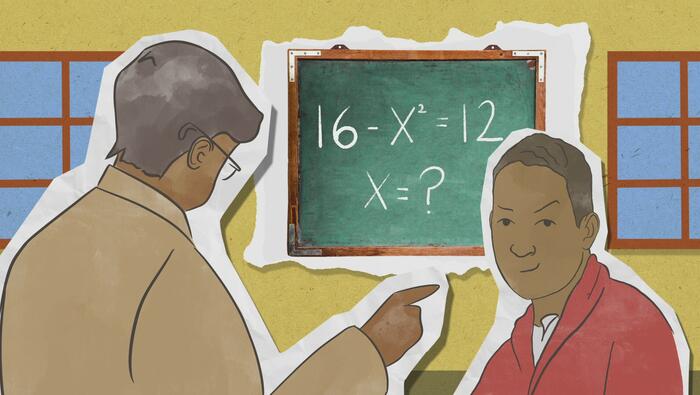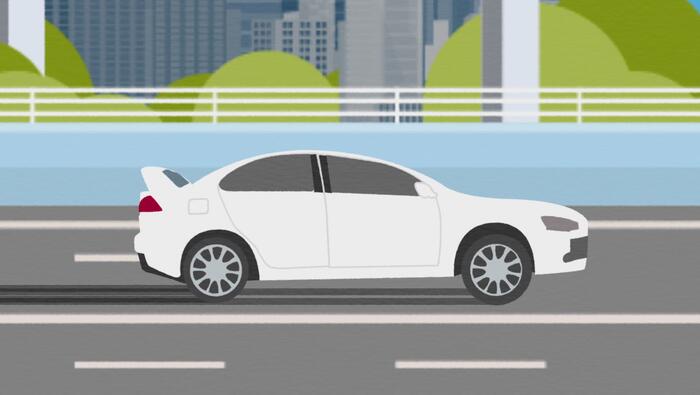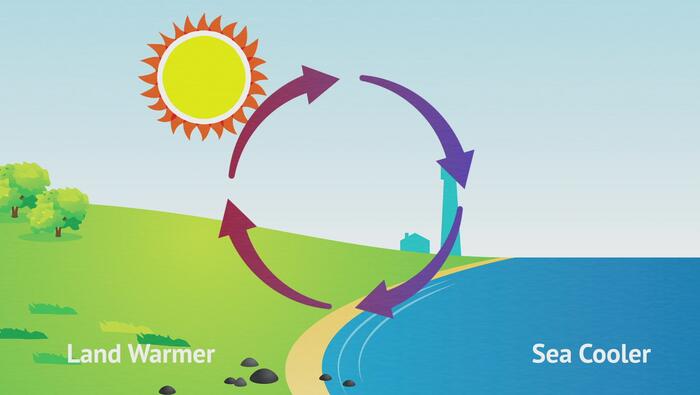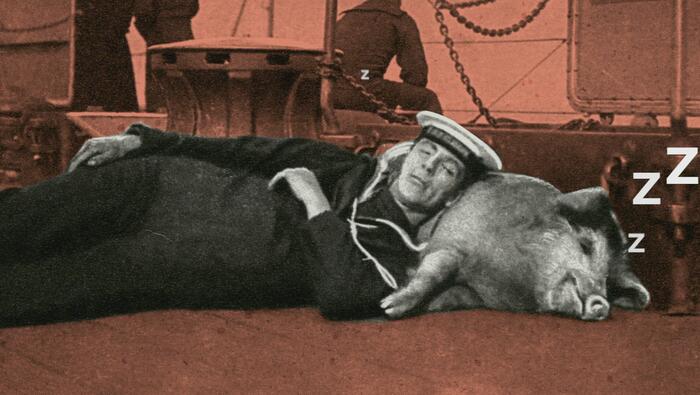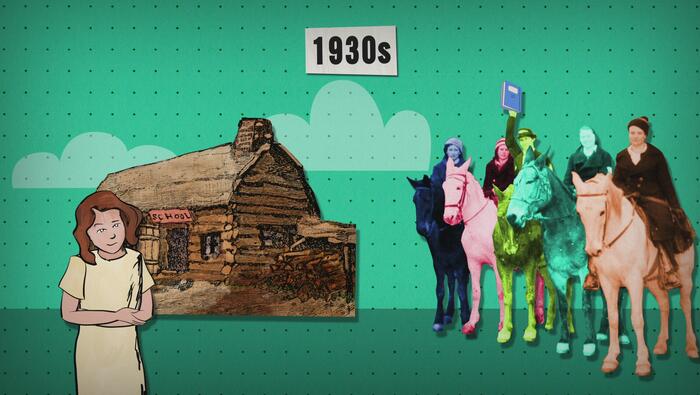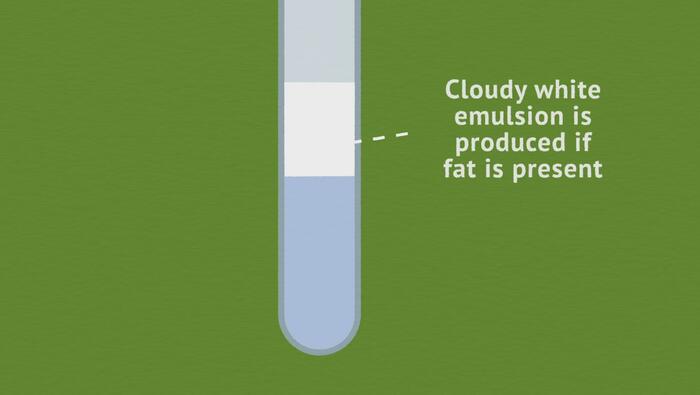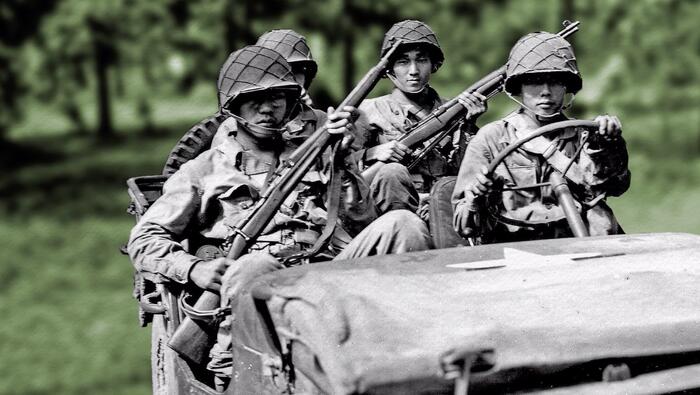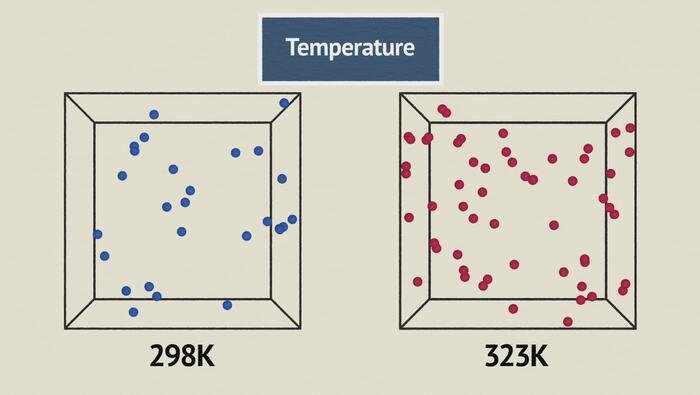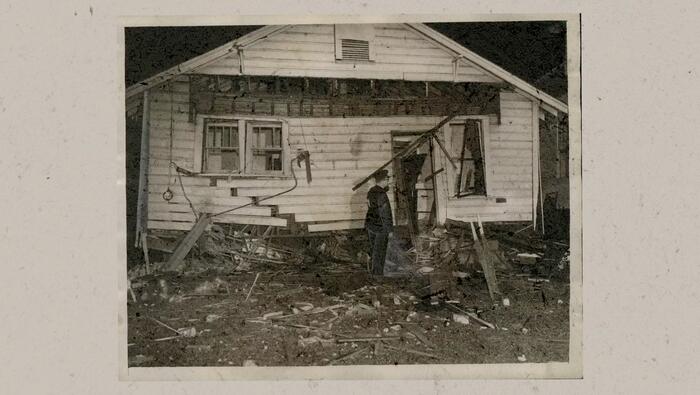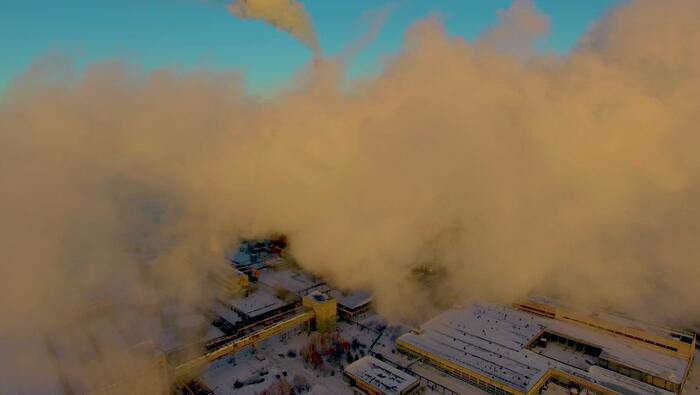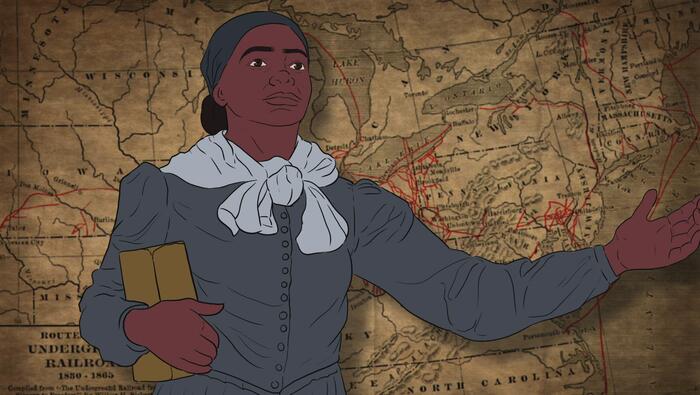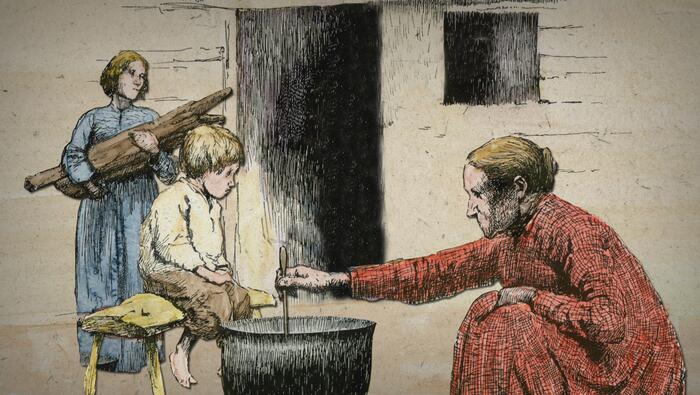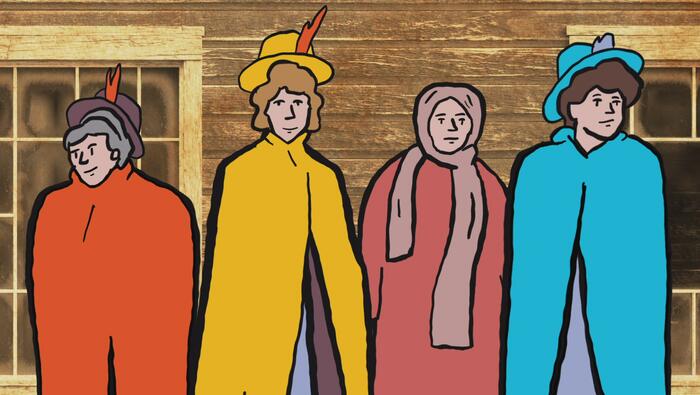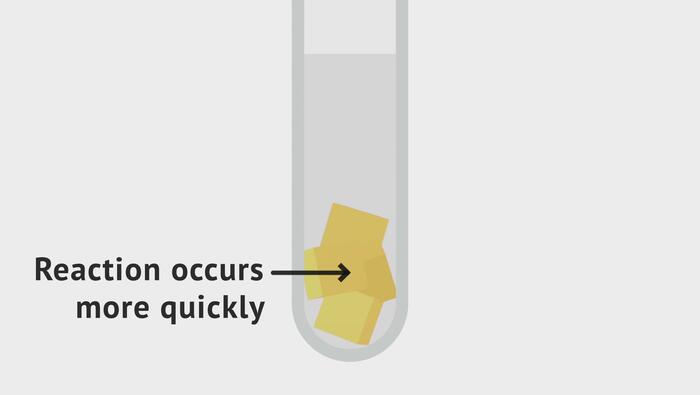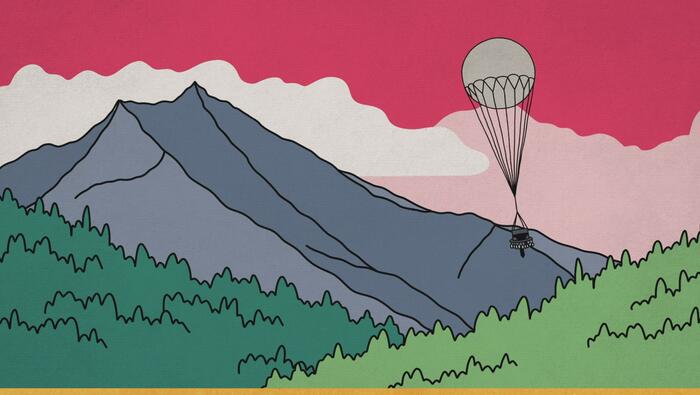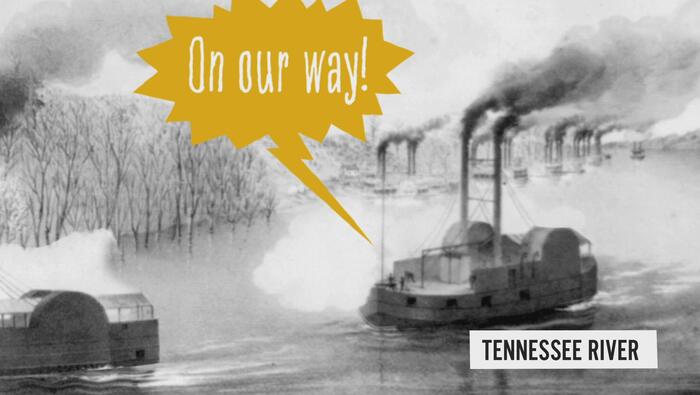
Team Doodle
Children identify some objects or experiences as they might evolve in the future. They doodle the outlines of their ideas based on observation, exploration, and imagination. They contribute individually to a collaborative art presentation, where they invite the audience to join the doodle experience. Through this experience they gain skill in using the arts elements of line, shape, color, and pattern to demonstrate a forward-thinking growth mindset, express their curiosity, and develop collaboration skills.
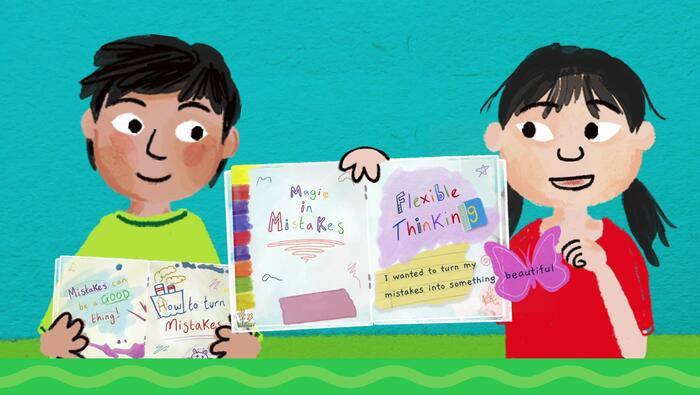
A Mistake Is A Gift
When a mistake is made, it is a moment of decision: toss away what was started or find a creative way to revise what was being created. Children in this video use their handwriting mistakes as opportunities to design something different and create interesting illustrations and playful flaps/windows that get woven into and around the words they write. An "oops" provides the gift of taking a new path and using creative thinking, a skill that prepares children for the future.

Ways I Make A Difference
There are many ways that children’s individual actions make a difference and can address big concerns. In this video, the children choose the issue of water conservation. They explore uses for water and identify where there is waste. They use their observation/investigation tool to look closely for signs of the impact water has on the environment. Then they present their observations and recommendations for conserving water and gather others’ ideas.

Reflect on Today's Stories
Children will create a time capsules to store their original writing. The young authors will individually determine what genre they will use to write about an interesting or significant, timely event or experience. Then, in a future month or year, they will open the time capsules and reflect upon how their thoughts and feelings might have changed.

Connect a Main Idea
Children learn a writing technique for organizing their ideas into an overarching main idea, which becomes foundational for pulling an entire story together. Working collaboratively, they write and sketch their interests on individual cards that they decorate as train cars. Collectively the group of children discusses which ideas could be combined with others and connected to create a main idea for their writing.
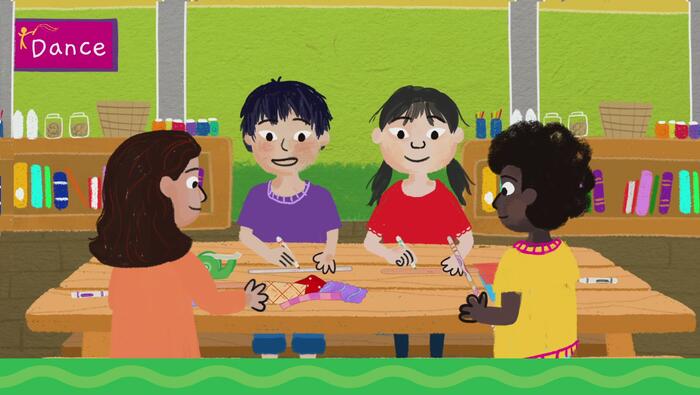
This or That? Make Choices
Children often take classes offered through community organizations or clubs. Sometimes they must make a choice between two desirable options, such as music and dance. Those decisions are based on how they envision their strengths or their dreams for their future. In this video, children make choices for the classes they’ll take at the Kids’ Club. Based on which class they take, an artifact is created that they share with friends when they demonstrate what they learned. After that presentation, they have an epiphany that the music and dance classes are truly connected and their artifacts can be used to enrich each other’s classes too!
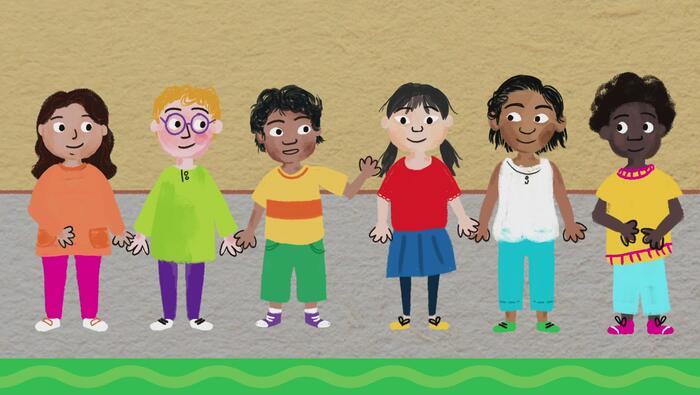
Same Plan, Different Results
A recipe or set of directions is a plan that someone follows to create something. Recipes are excellent for practicing reading and writing skills, following directions, and noticing patterns, sequences, and results that come from imaginative variations! This video shows how differences can occur, and why they might happen.
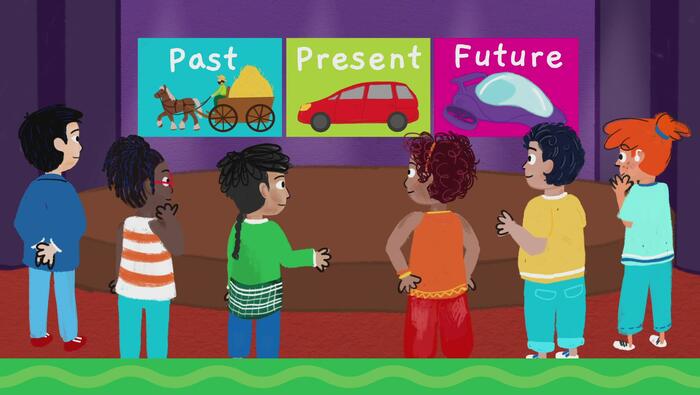
Freeze the Past, Present, And Future
Children engage in story creation and visual storytelling through images, drama, and then freeze into tableaux, which are human statues. After they interpret and perform the other groups’ story, they will compare various teams’ interpretations to see if the performances were aligned with the artists’ intent. These experiences build children’s future ready skills of visual communication, dramatic self-expression, and team collaboration.
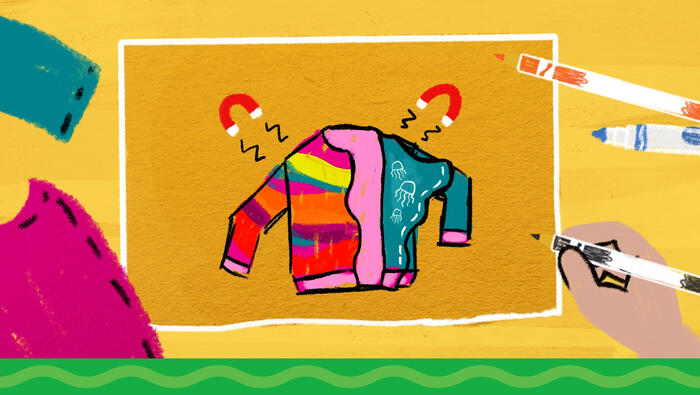
Fabric of the Future
An invention is the creation of something new, usually to solve a problem or improve circumstances. In this video, characters will explore how fabrics were used by ancient peoples for clothing, warmth, shelter, and protection. Then they’ll see how innovators have modified fabrics to make them better and imagine new sustainable fabrics for the future. Finally, they design and present clothing designs for the future using these innovative fabrics.
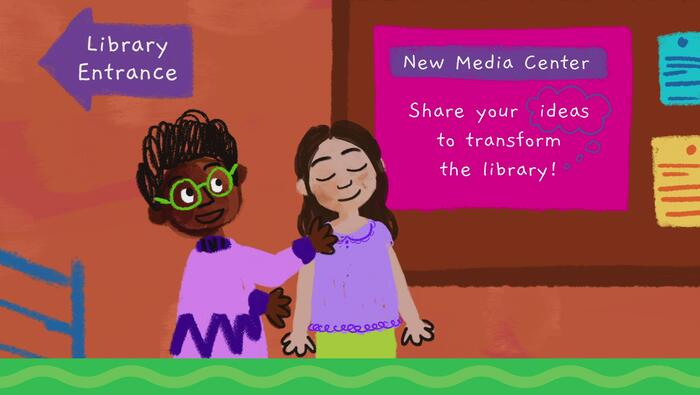
Forecasting the Future
The children in this video are challenged to forecast the future needs of their community to recommend features that will expand the reach and effectiveness of their current library into a futuristic Media Center. They demonstrate ways to conduct research, connect with community members and anticipate future needs. The children lead an exciting process for forecasting the future and designing a community learning hub.
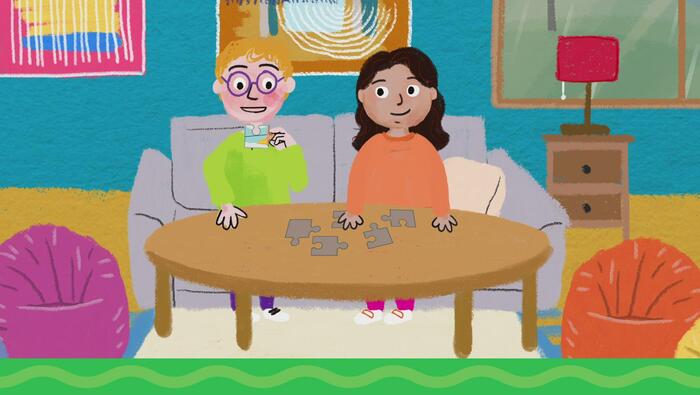
Pieces of the Puzzle
Puzzles are favorite playful experiences for children, but beyond the fun and sense of accomplishment, they help children understand relationships between part and whole, and use evidence/clues to predict a whole visual scene. The process of creating and sharing puzzles demonstrated in this video can be used to help learners focus on any topic, category, or interest area.

Many Ways to Measure Success
How do you measure success? In this video, children explore Results Leadership by creating a pictorial rubric that enables self-reflections about their collaboration and contributions to a project. The concepts can be applied to any project and help children move up the learning ladder, from beginning novice to striving for mastery. Join them as they discover the power of self-assessment and visualization, finding important ways to communicate their success.
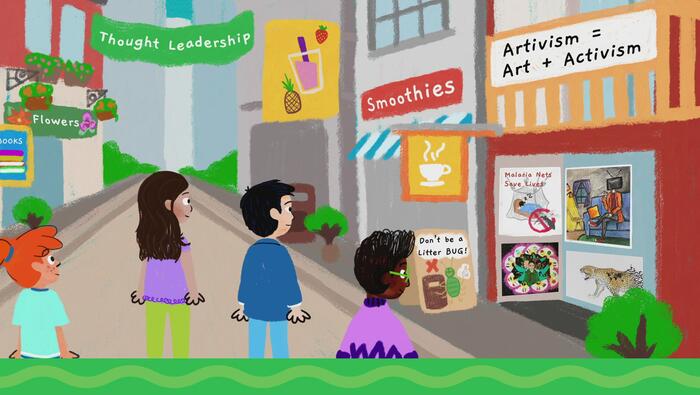
The Power of Art to Persuade
Children will explore Artivism as the blend of art and activism. After researching examples of how images shifted public opinion, the children create posters, banners, and signs that make their personal passions public. They use visuals and crisp text to convey messages.

Welcome Everyone
Harvest is usually a time of bounty, and often people give thanks and share. There are celebrations and festivals. In this video, children explore some consistent patterns and special unique features as they study various harvest celebrations, then use elements to create patterned welcoming decorations.

Storytellers Imagine The Future
Storytelling and artmaking are foundational skills for communicating ideas. In this video, the children imagine themselves as artists representing future settings and roles – dreaming of potential careers and their personal aspirations. Their art will visualize a future setting and a “grown-up” role. They realize that anyone who creates or responds to art is a storyteller. All it takes is imagination – a thinking skill that makes people future ready.
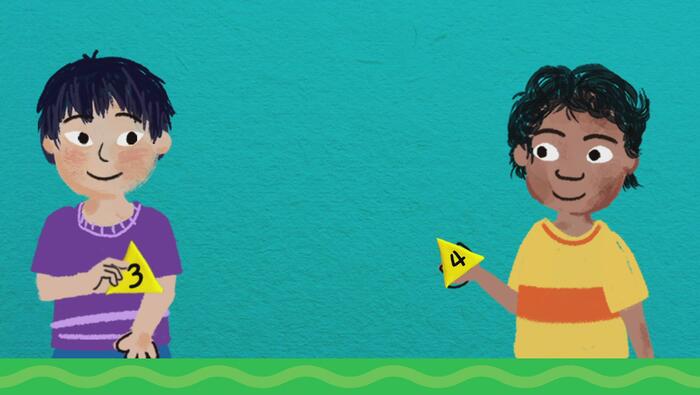
My Turn, Your Turn
Taking turns is part of childhood play. Being able to postpone immediate gratification and honor others’ desire to have a turn is essential to establishing social norms and being fair. This video introduces a concrete way for children to play with and learn from one another, practice taking turns, understand what self-regulation and group social regulation mean, as they participate in responsible decision making – all part of the CASEL framework.
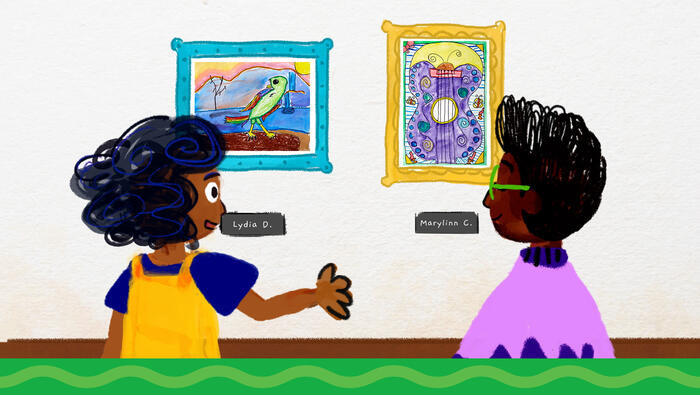
Metaphors Say it Colorfully
Metaphoric thinking is personal and poetic. Metaphorical perspectives are important for writers as they explore ways to express themselves. In this video, children discover metaphors to describe their perceptions and feelings, in response to existing art, then they create an illustrated poem, based on their colorful metaphorical descriptions.
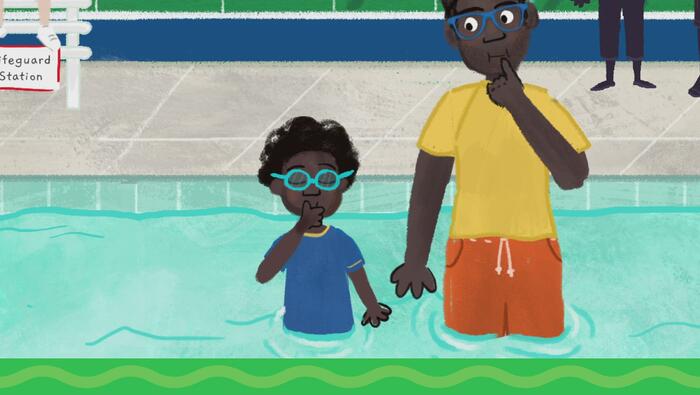
Go For Gold
This child-led video focuses on Results Leadership and demonstrates how young children can manage a process for building self-awareness and self-agency to set and accomplish goals. This example focuses on children setting swimming goals and measuring their progress, but as they realize, the ideas here pertain to every aspect of life and learning.
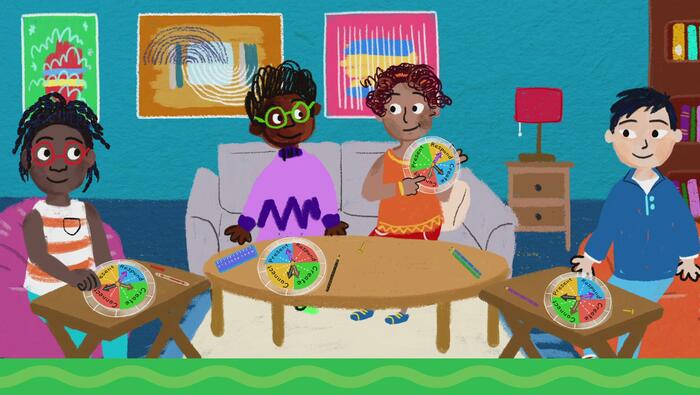
Find Everyone's Strengths
Project-based learning requires teamwork. This collaboration requires planning. In this video, children create a tool to identify team members’ strengths, figure out what they want to learn from each other, and stretch themselves in new ways. The flexible tool they craft can work for any project. People leaders connect skills, interests, and assignments in ways that foster social and emotional learning.
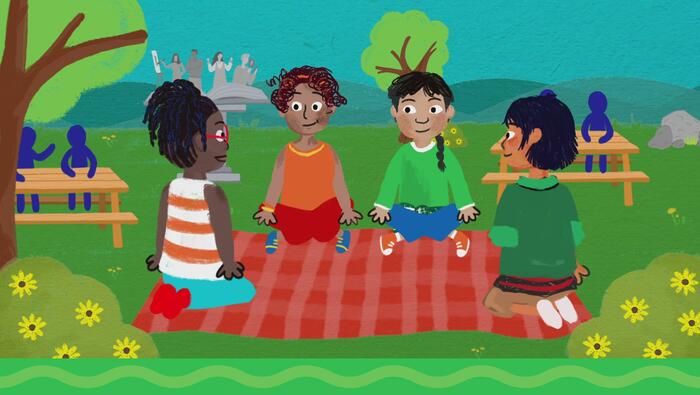
Advocacy Avatars
Every person is unique with special qualities and needs that are not identical to any other. This video provides children with an opportunity to articulate their needs and strengths, using a third-person voice, their avatar. As children inspect their inner selves and articulate their feelings, attitudes, and special features, they find innovative ways to advocate for themselves and appreciate the person who lives inside.
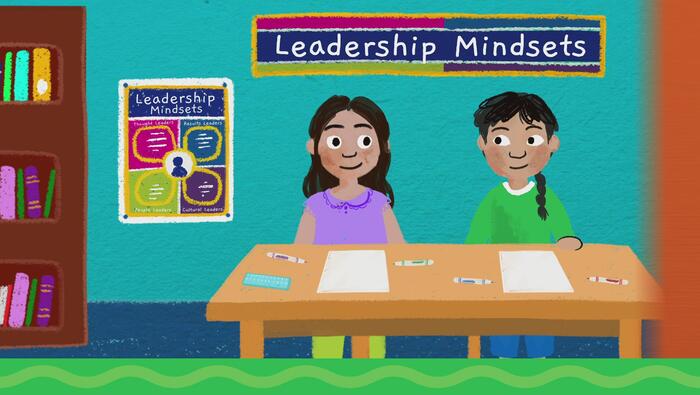
Four Ways to be a Leader
Leadership Mindsets lead people to deeper self and social awareness and responsible decision-making. Leaders who focus on people, culture, results and innovative thought inspire positive change and work effectively with others. This video shows how children can focus on four ways they can be leaders and graphically document their leadership strengths with art.
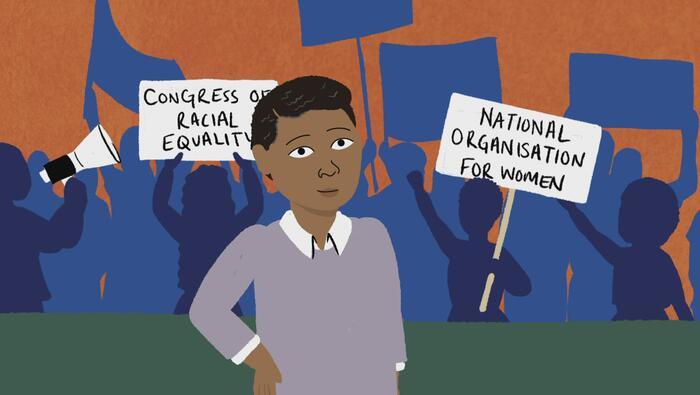
Pauli Murray: Breaking Barriers of Race and Gender
As a queer Black lawyer, poet and civil rights activist, Pauli Murray understood how our different identities can overlap to create multiple levels of discrimination. Her groundbreaking work in championing equality for all helped change America for the better.
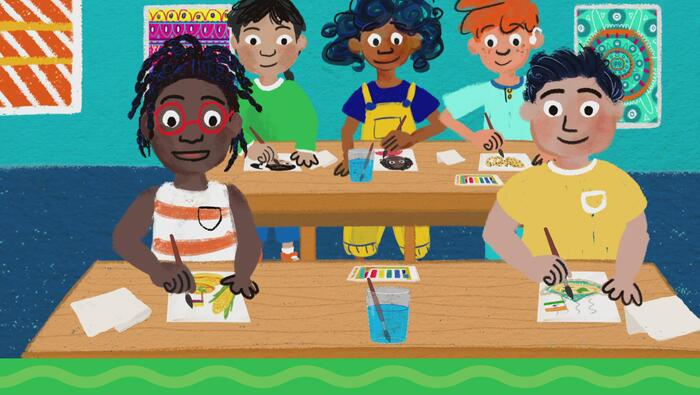
Connect With Community Artists
Non-traditional artists enhance every community’s quality of life by meeting everyday needs while bringing rich cultural traditions to many art forms: bread-making, gardening, hairstyles, home décor, and head coverings, to name just a few. Let’s learn a little about how some of them make their art and how enjoying their artistry teaches us more about the cultural diversity and common needs in our community.
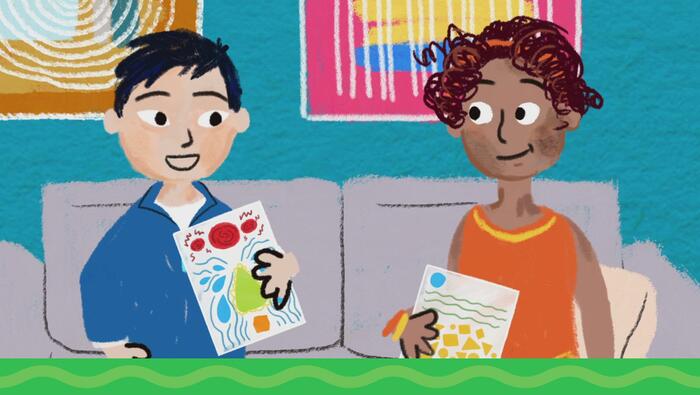
Courageous Conversations
Children use art as a way of learning how words and behaviors impact people. They create Courageous Conversation collages as springboards for dialogue that is important and difficult. Courageous conversations are the hard ones, the deep ones – the discussions about how we have been hurt by others’ words and actions.
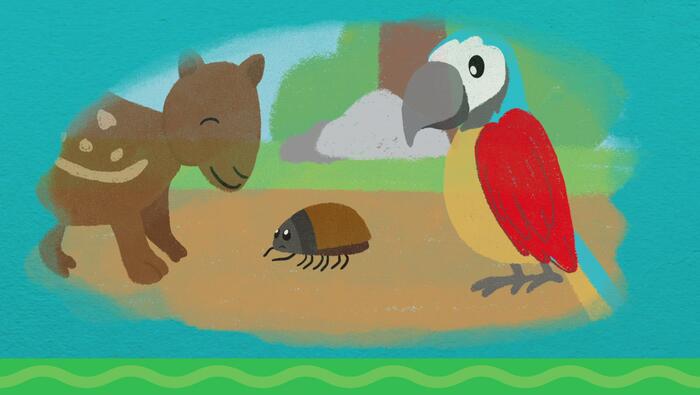
The Arts Communicate
In every community, individuals and families pass down their cultural heritage through fables and folktales, the stories that are timeless. In this video, children discover that the arts provide every culture ways to creatively communicate universal values and their community’s specific traditions.
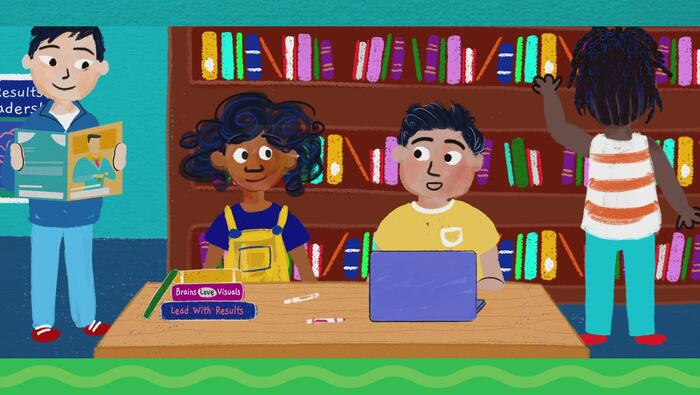
Visuals Show Results
Leadership Mindsets lead people to deeper self and social awareness and responsible decision-making. Leaders who focus on people, culture, results and innovative thought inspire positive change and work effectively with others. This video shows how children can focus on four ways they can be leaders and graphically document their leadership strengths with art.
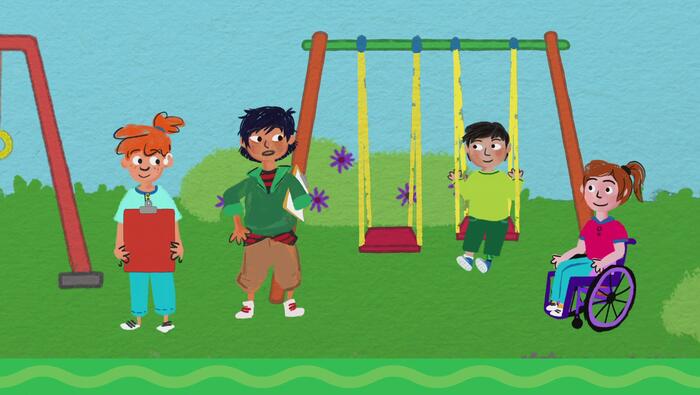
Speak up For Adaptations
Children will use their people leadership skills to realize playground needs of those with a range of abilities. They plan adaptation for a city park to include the needs of all and present their plan to City Council decision makers. What adaptations can you imagine that would increase inclusion at a community park?

Flip Folk Tales
Folktales become springboards for exploring new and imagined adventures, as children explore the perspectives and assumptions from several characters’ point of view. In this video, viewers are encouraged to flip stories, by modifying them in ways that add humor or surprise, and help them consider alternative points of view.
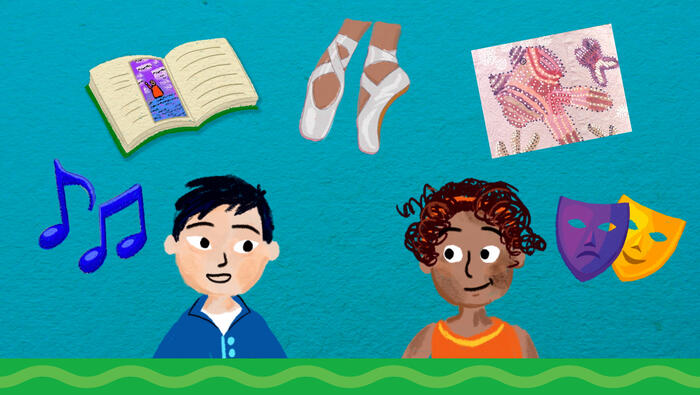
Hear Many Points of View
Cultural leadership involves listening to many points of view and understanding the role that diverse backgrounds and cultural priorities have on people. In this video the children ask, “What does arts in education mean and why is it important?” They use an open mindset to hear about different preferences and see how cultural traditions help learners connect to ideas and each other.
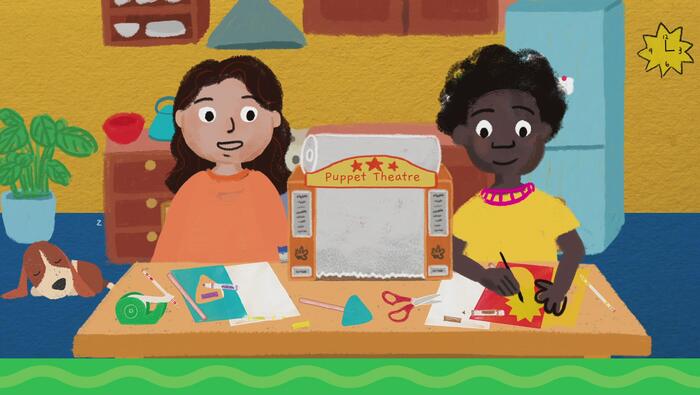
Why Characters Act That Way
A key element of stories is how characters change from beginning to middle to end. In this video, children learn about how and why characters change by creating a 3-part story. They then dramatize the story using simple puppets made of three basic shapes and primary colors. These characters change the way they look and act, as a result of encountering one another. Join them to see what happens as they change and grow.
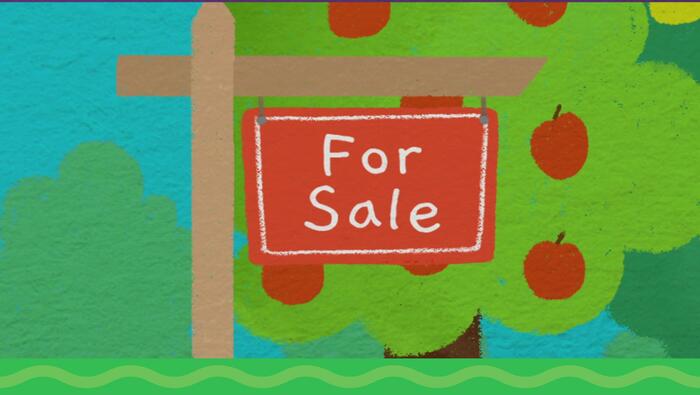
Picture Possibilities
As the population grows and land becomes increasingly valuable, for sale signs invite conversations about the possible uses of fields and farms. Decisions about land use impact communities for a long time, so visualizing the future is important. In this video, an orchard is for sale. The children consider possible future uses for this land, visualize three possibilities, and encourage viewers to come up with ideas of their own.

Architects of The Future
Architects must think flexibly about the changing needs of school structures and students. In this video the focus will be on designing accessible, inclusive space that fosters future ready skills and behaviors: observation, collaboration, and reflection. Join a group of kids on their creative characters where they plan and then build a 3D model of a future-ready school.

My Beautiful Brain
The concept of the brain taking in information and making decisions seems abstract for young children. Helping them realize what it is like to have limited sensory input makes them aware of the brain’s role in connecting what we see, touch, and hear with our understanding of self and others. In this video, the children create sensory muting equipment. They then experience and compare beautiful sounds, tactile objects, and images with and without muting their senses.

Communicate Through Gesture
Common gestures and formal sign language can be used to communicate kindness and support. In this activity, children draw some American Sign Language and common gestures that make people feel welcome. Their art reminds them and others of the ways gestures help people communicate.

Start with a Breath
Deep, slow breathing can calm children down. This video helps children focus on their breath to relax, stay calm, and get ready for what’s coming next. As children become aware of their breath, they begin to learn self-regulation techniques. Making art that shows their full bodies helps to deepen self-awareness.
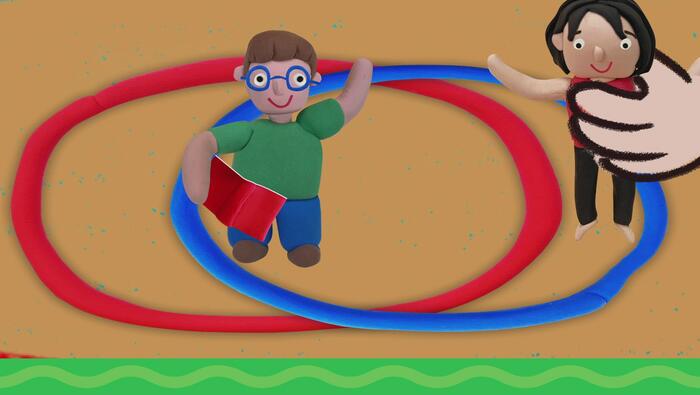
My Style And Your Style
Some children learn by moving, listening carefully, visually noticing details, using logic, and being aware of others. In this video, they articulate their strengths and notice those that they admire in others. They work in pairs to show ways they can work together by combining their individual styles.
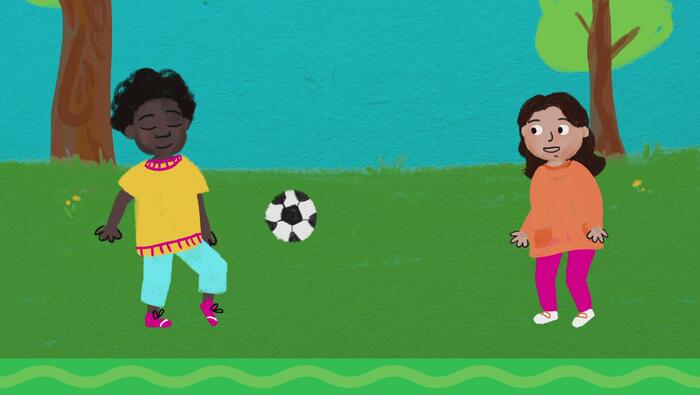
My Busy Pace And Quiet Place
A child’s self-awareness of what helps them relax and regroup can be increased when they plan a quiet space where they can observe, connect with their inner thoughts, and reinvigorate their energy. In this video, children create a visual model that juxtaposes their busy pace and quiet spaces, with attention to the sounds, looks, and feeling of quiet spaces.
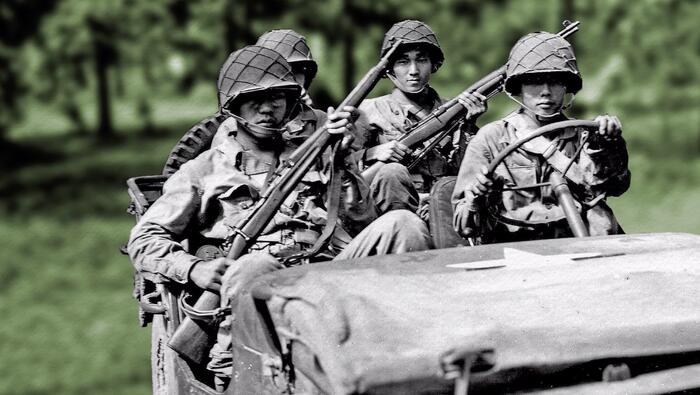
Angel Island: America's Untold Immigration Story
When you think of America's immigration story, you think of Ellis Island New York... right? Think again, because over 2,500 miles away is Angel Island, where immigrants coming into the West Coast were processed for entry to the US, but it was an experience that was anything but welcoming.
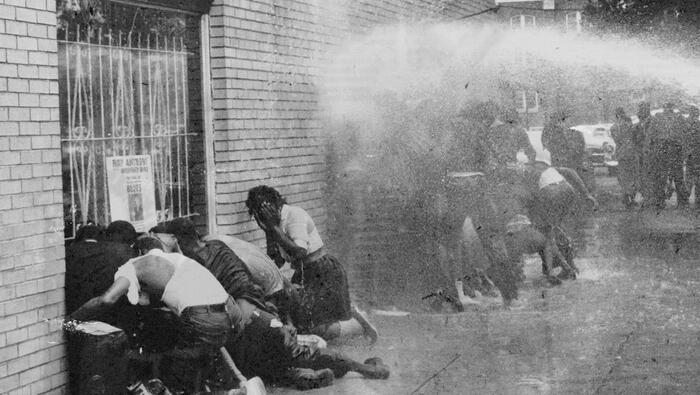
When the Youth of Birmingham Changed History
In 1963, school children from Birmingham, Alabama skipped class to demonstrate for racial equality. Met with police violence, they helped to bring about significant change. The Birmingham Children's Crusade, as it was known, has gone down in history as a turning point in the fight for Civil Rights.

Castle Bravo: The Largest Nuclear Explosion in US History
In 1954, the US Government conducted a series of secret nuclear tests in the Marshall Islands. The idyllic coral island Bikini Atoll became the epicentre of the largest nuclear test disaster in US history. The affects of radiation exposure and environmental destruction are still being felt by the Marshallese people today.



